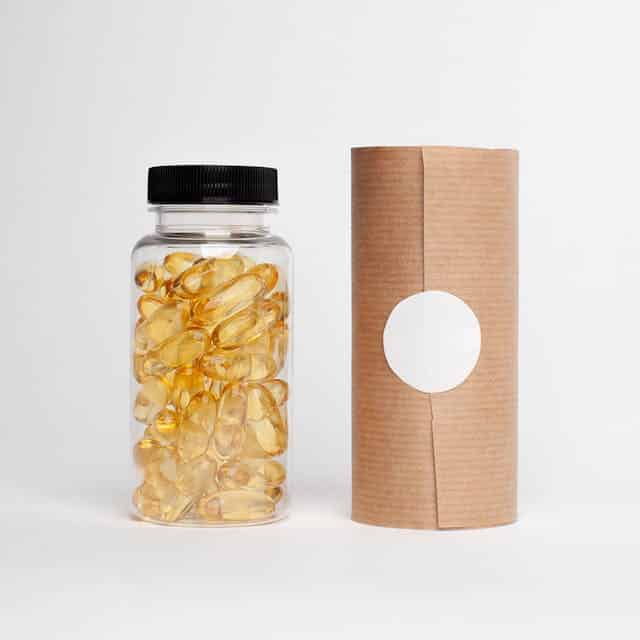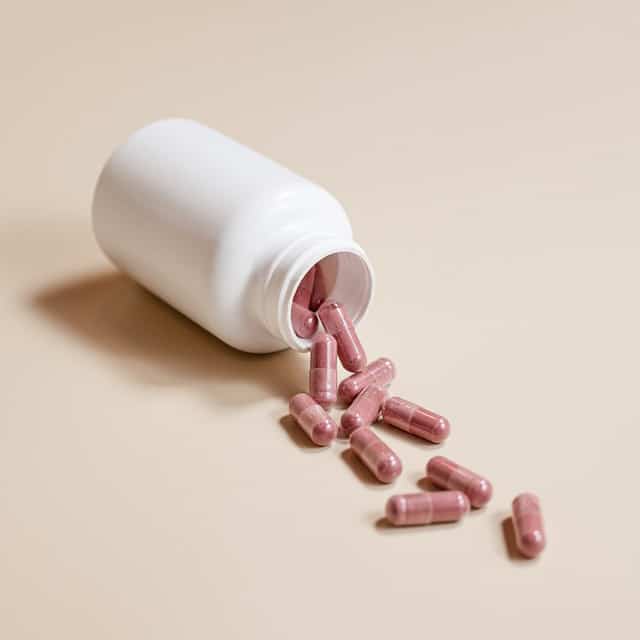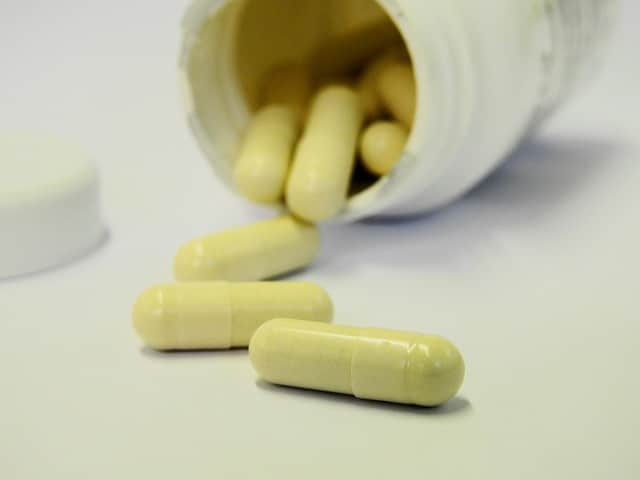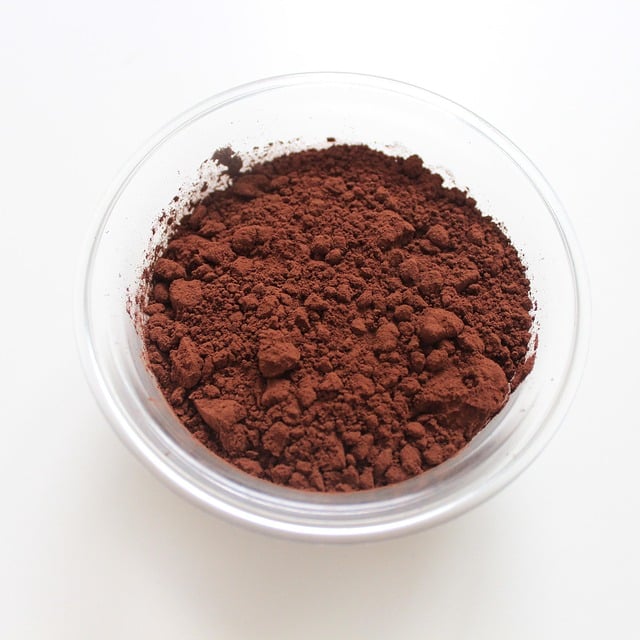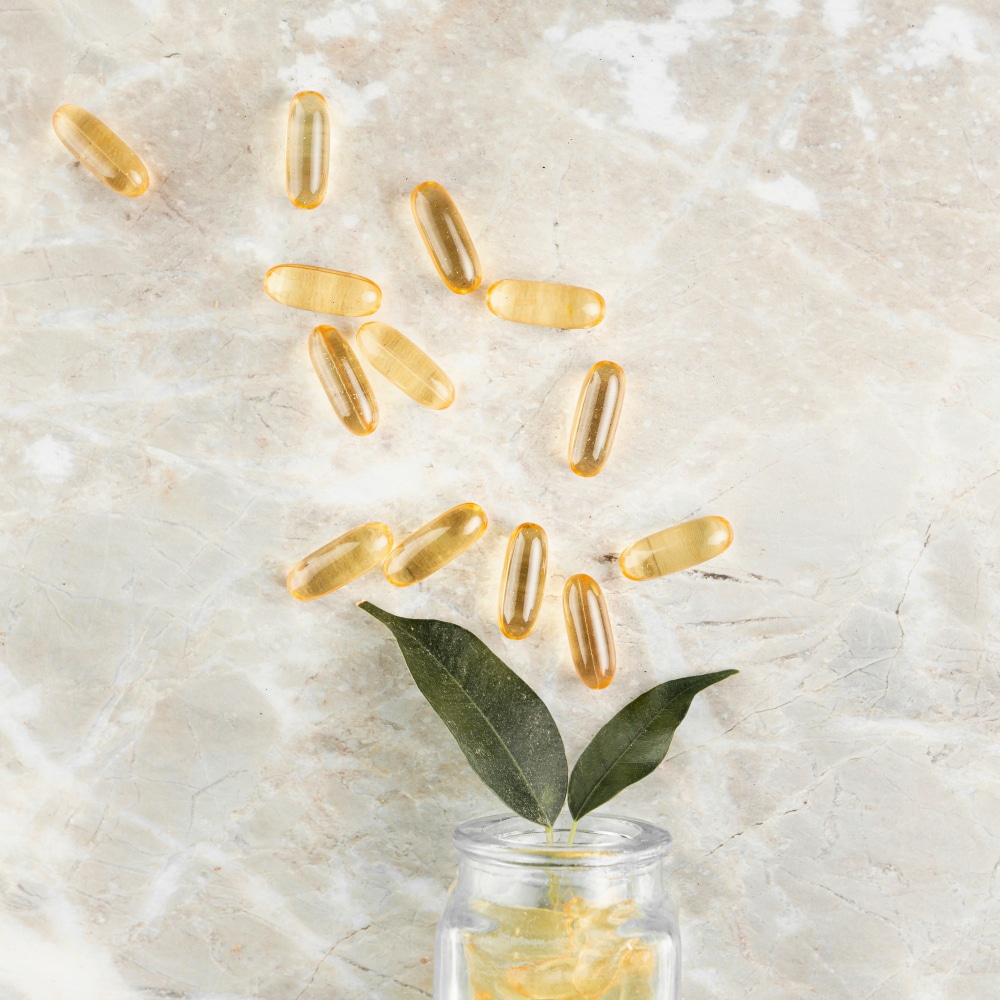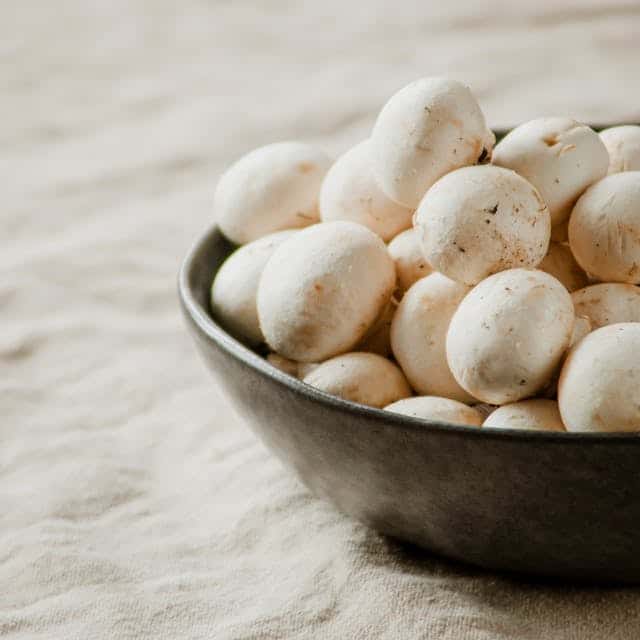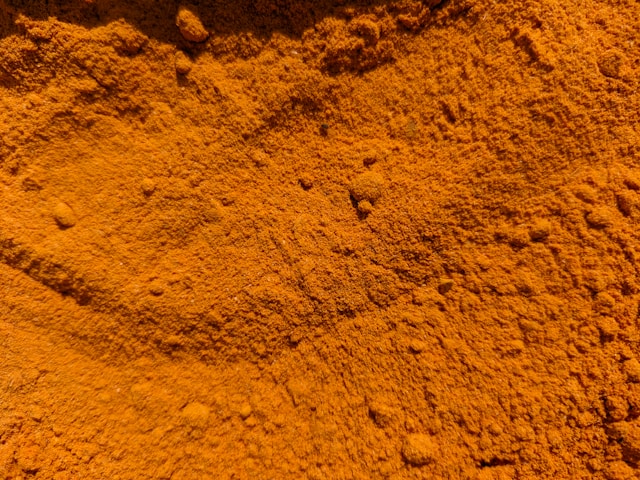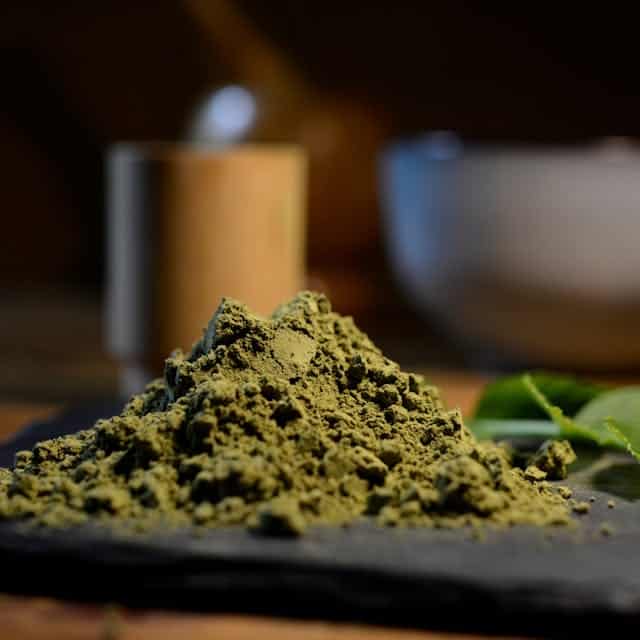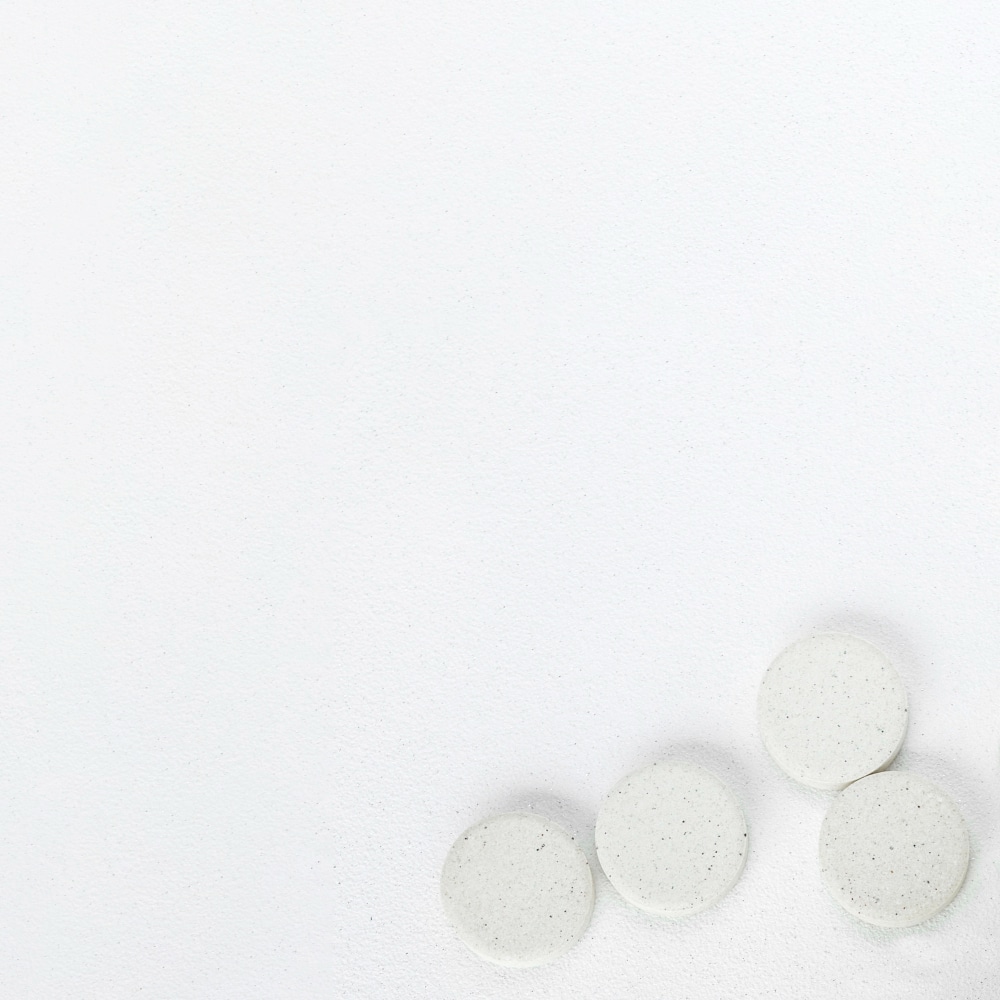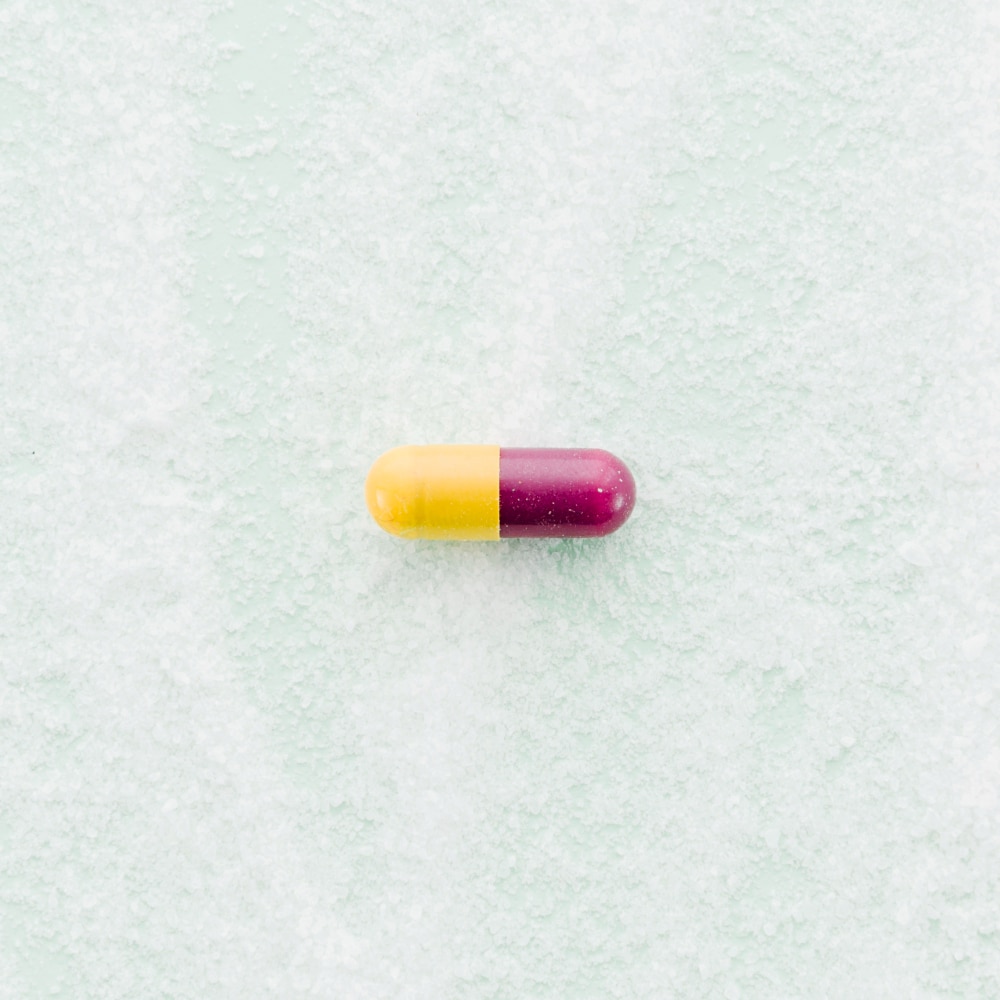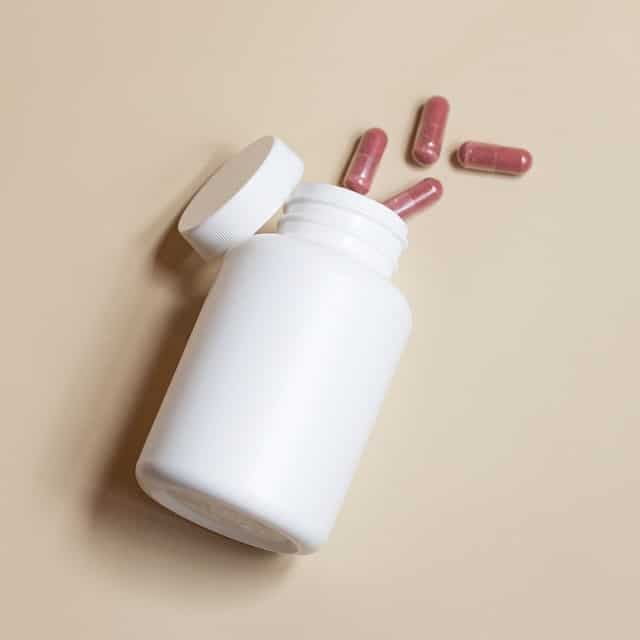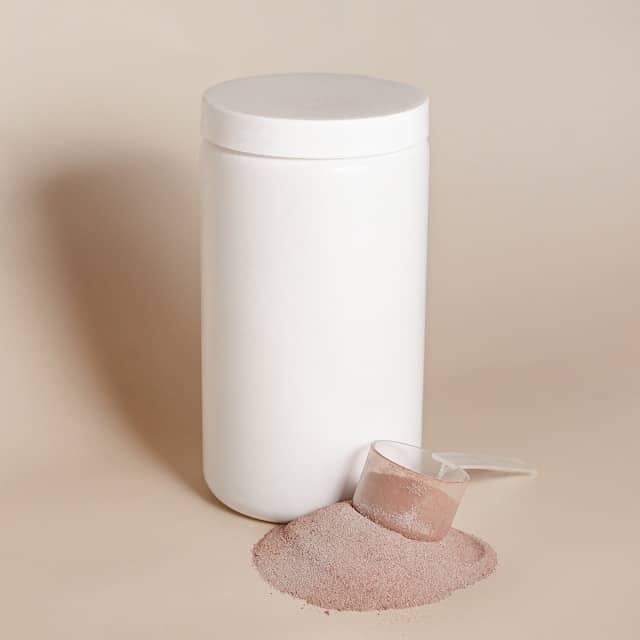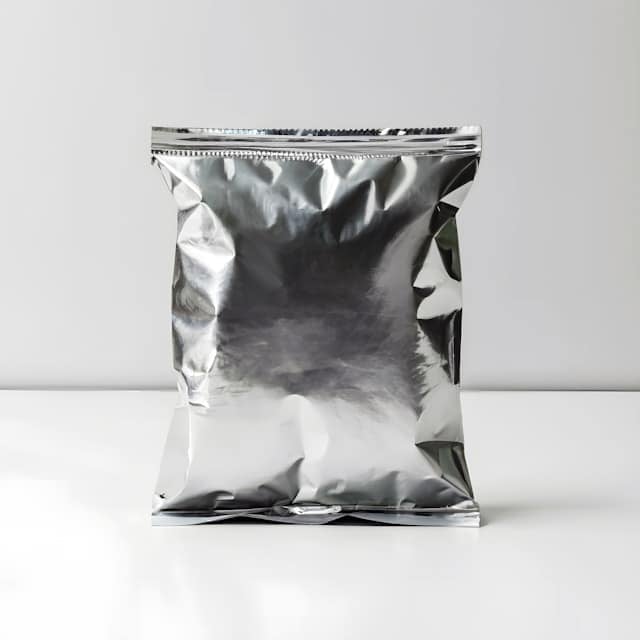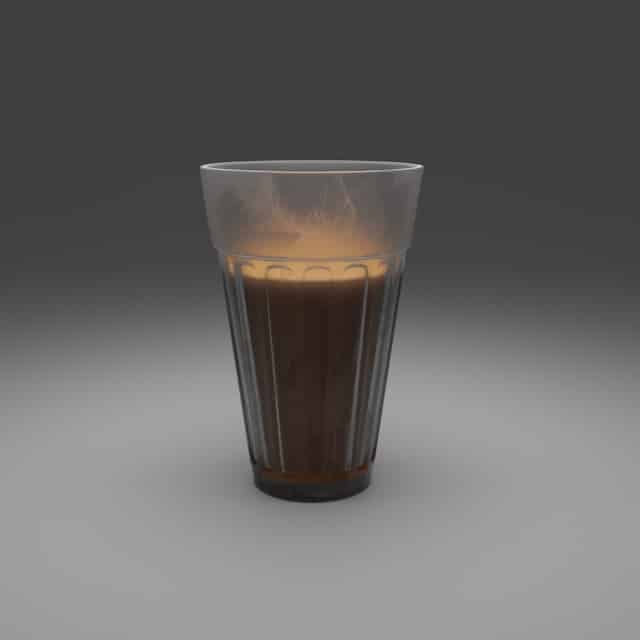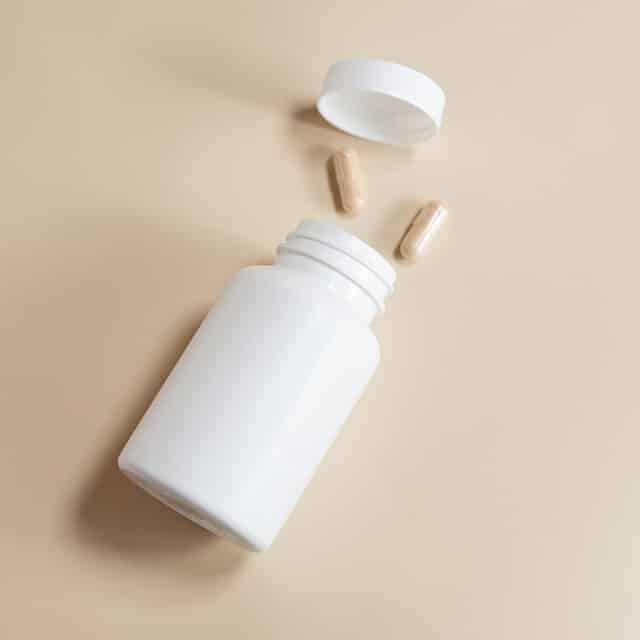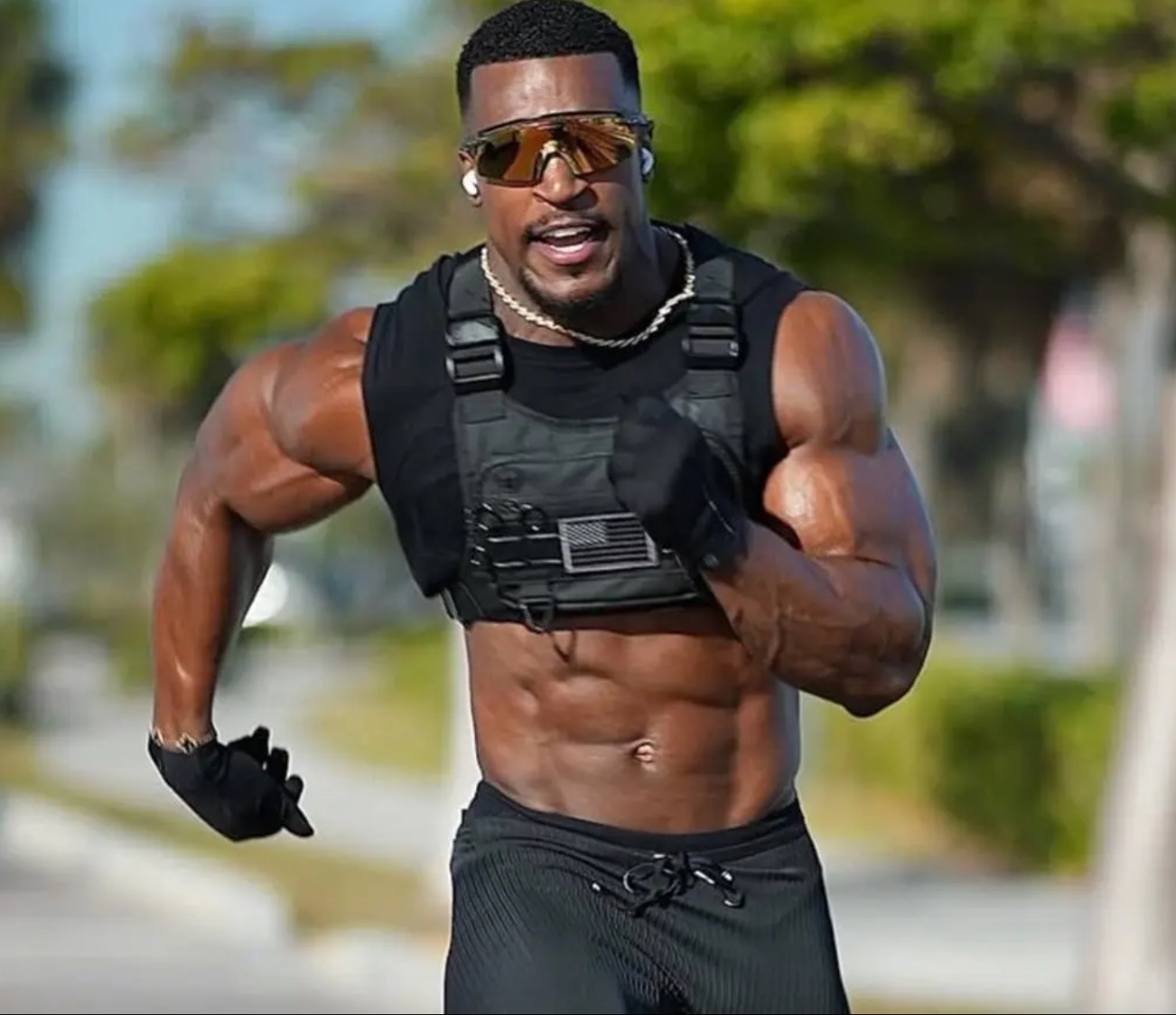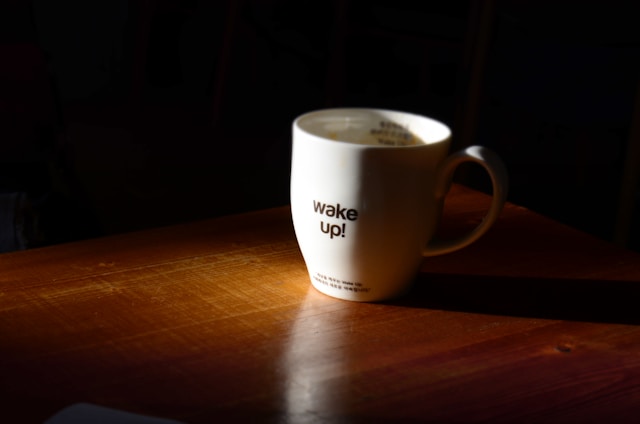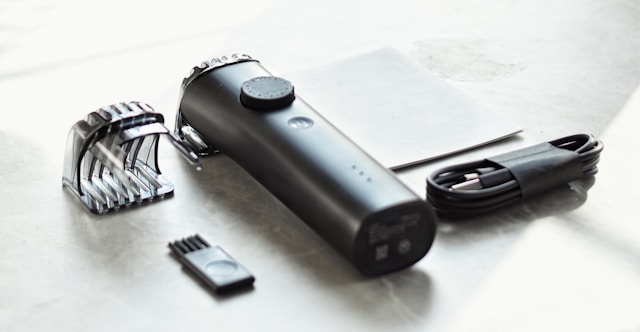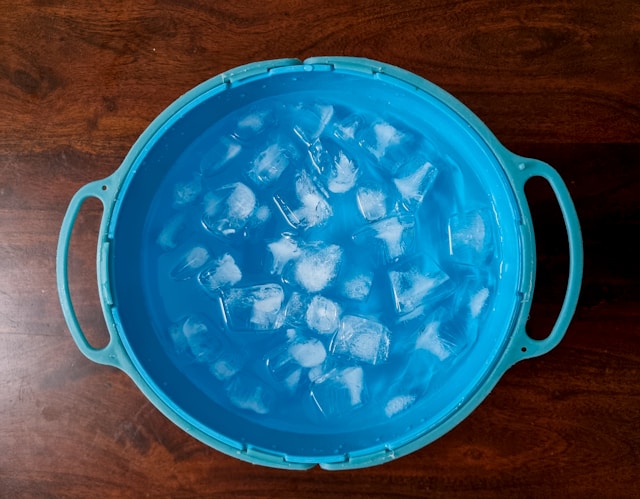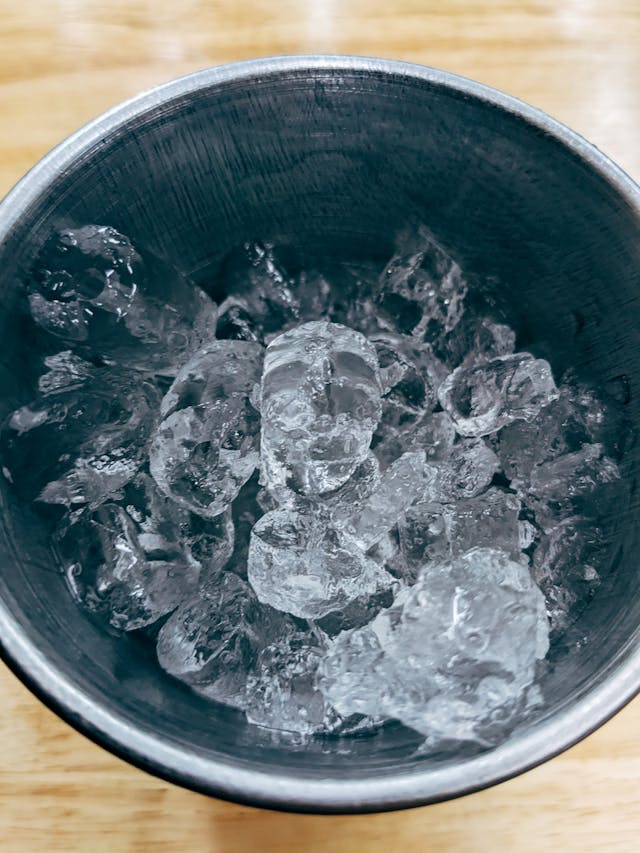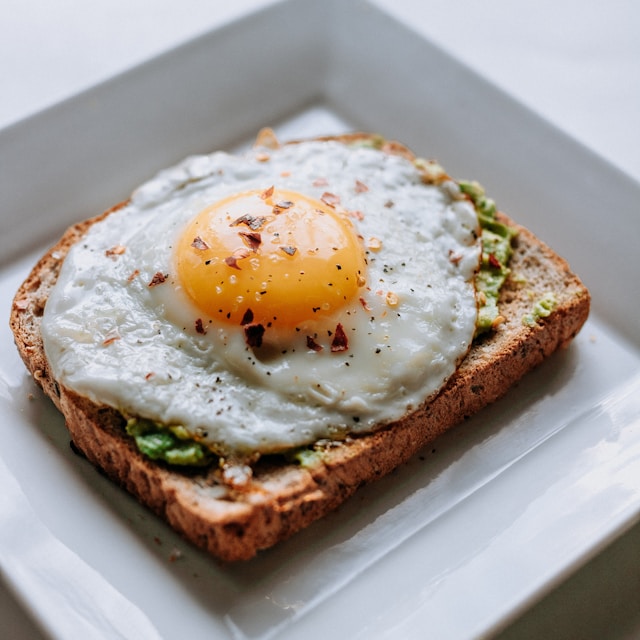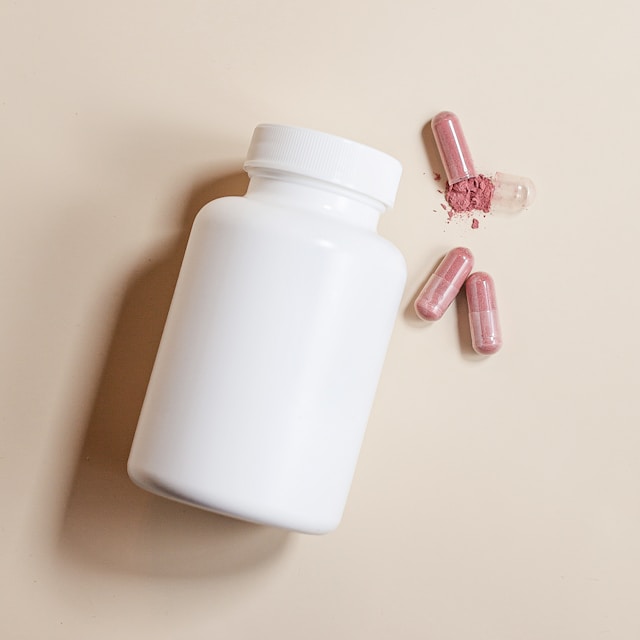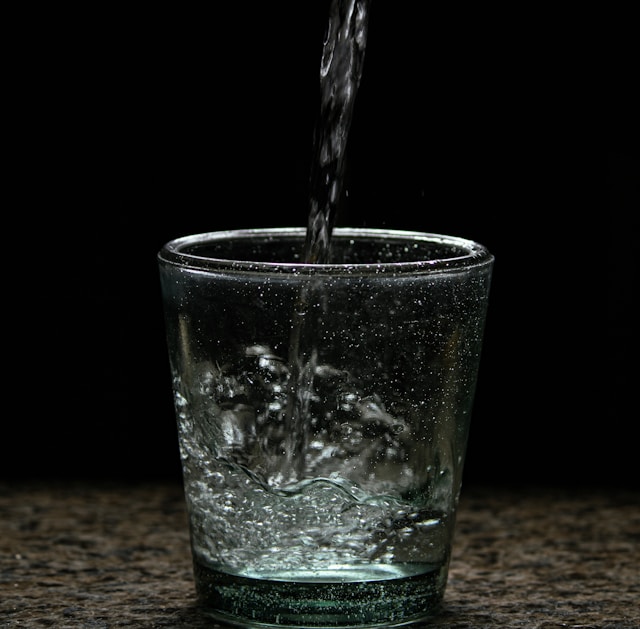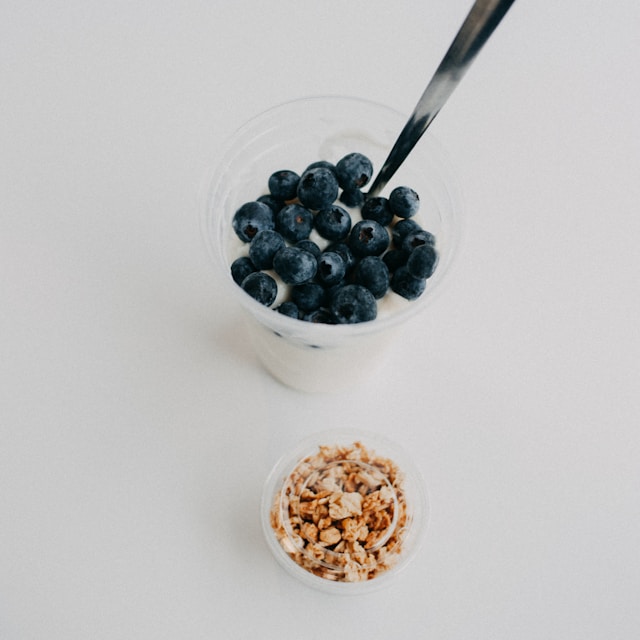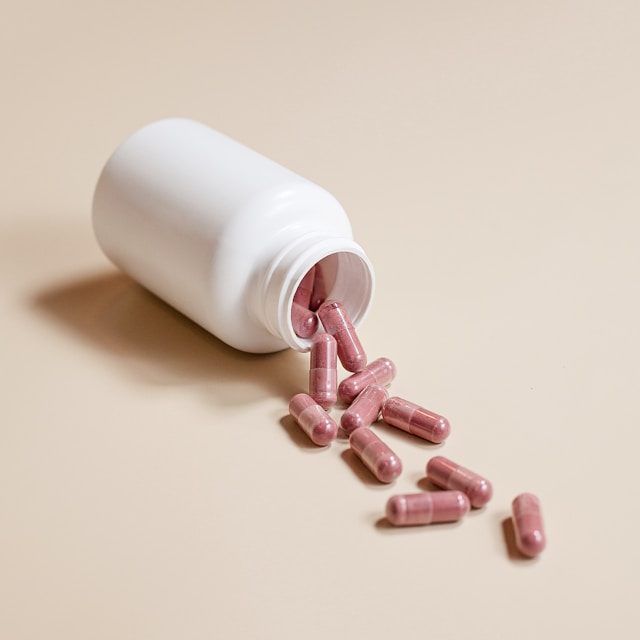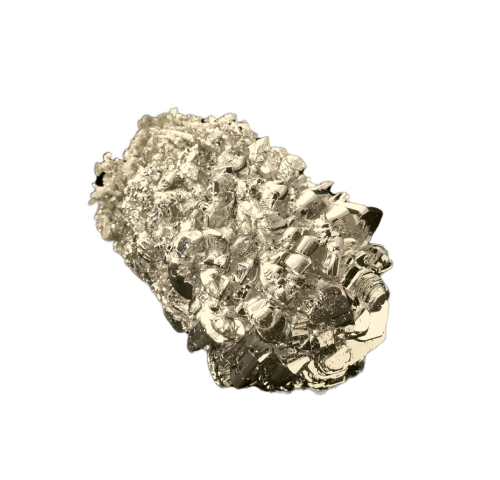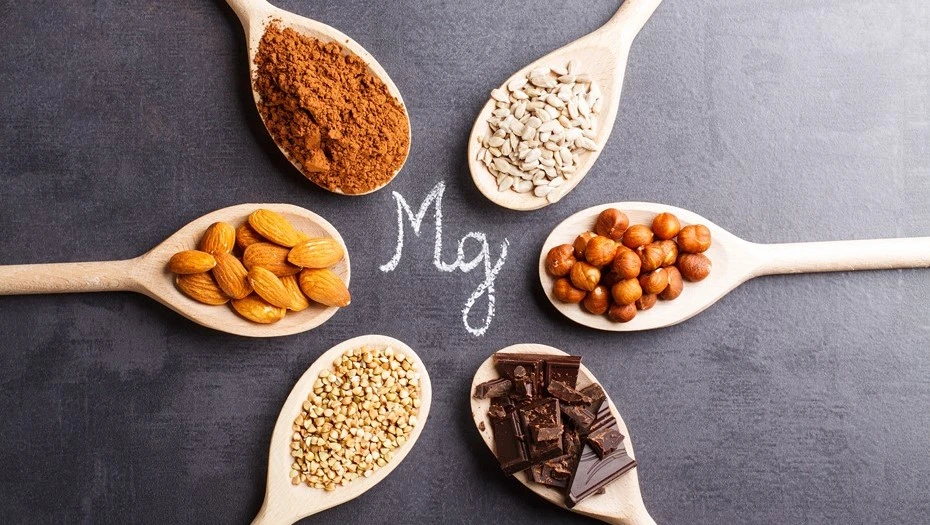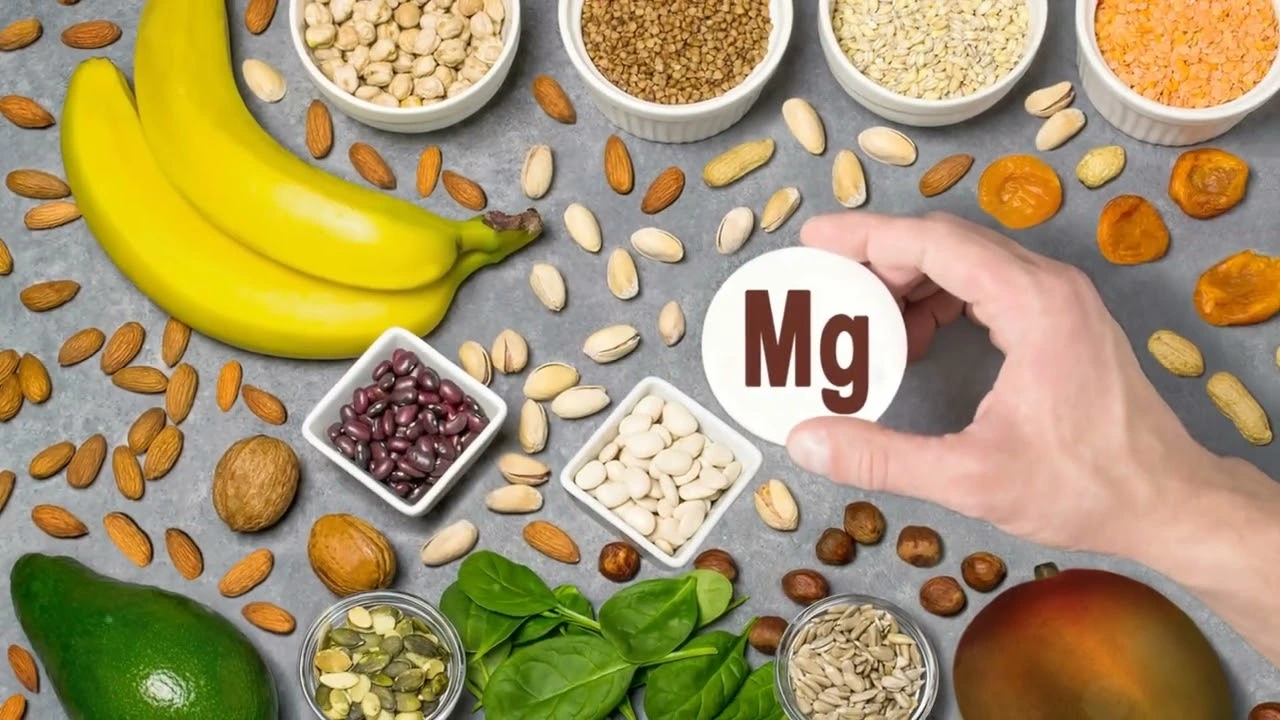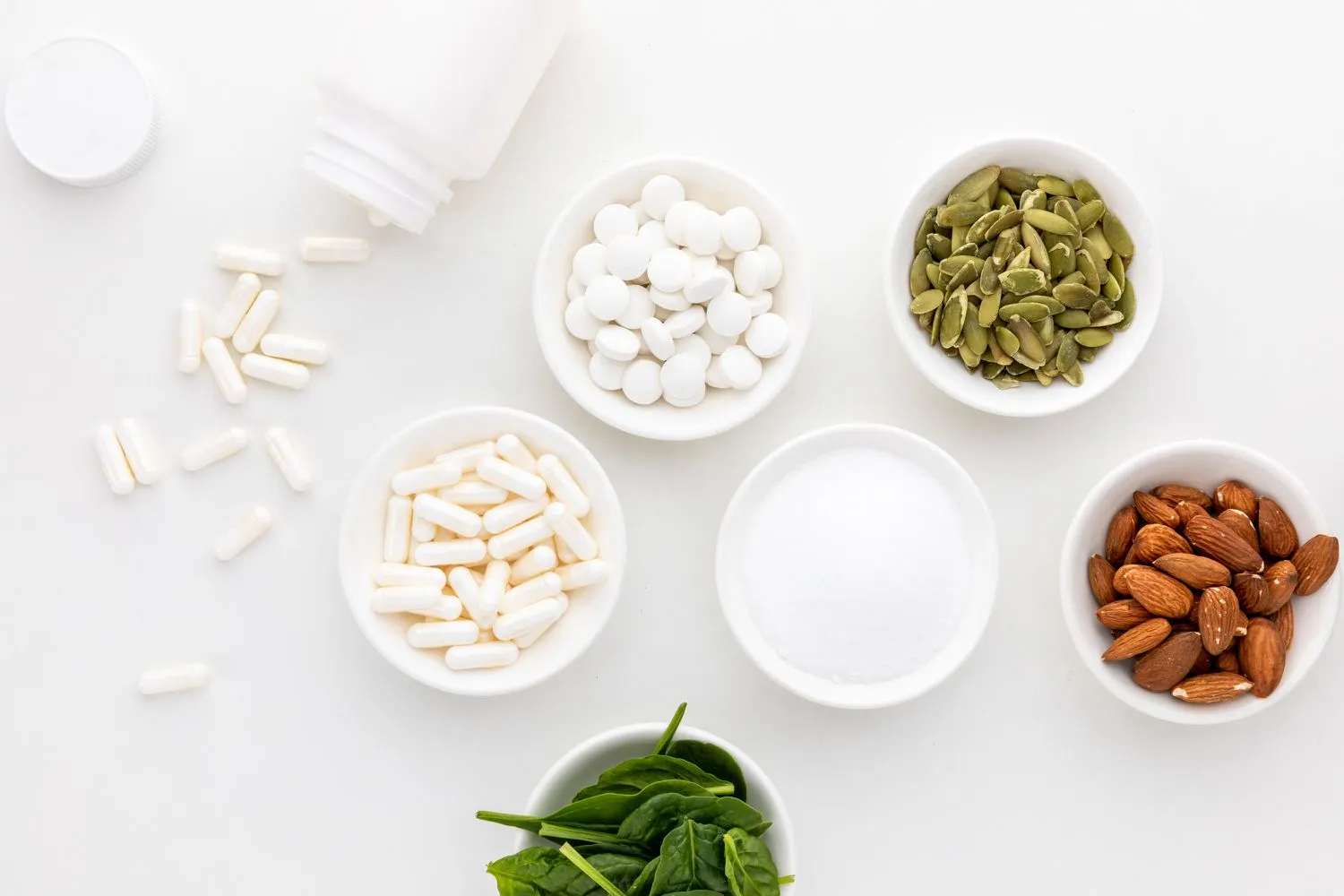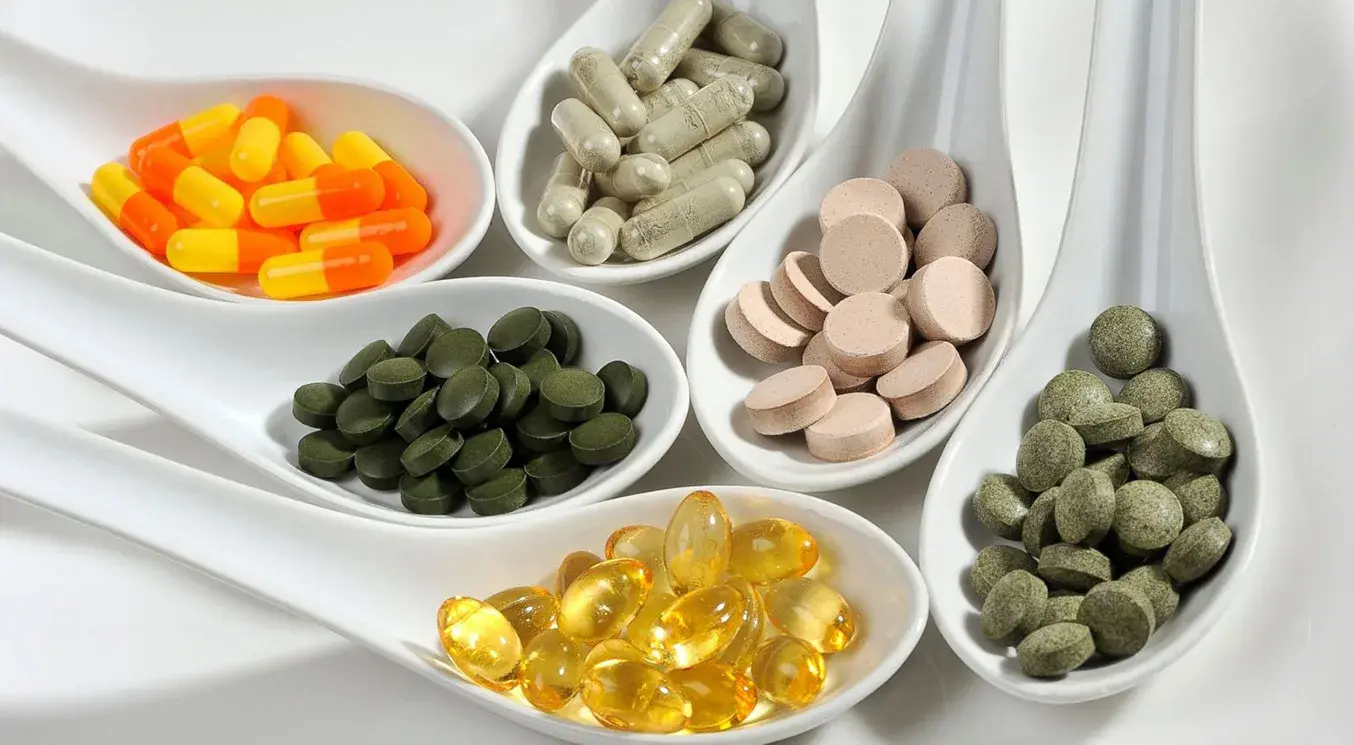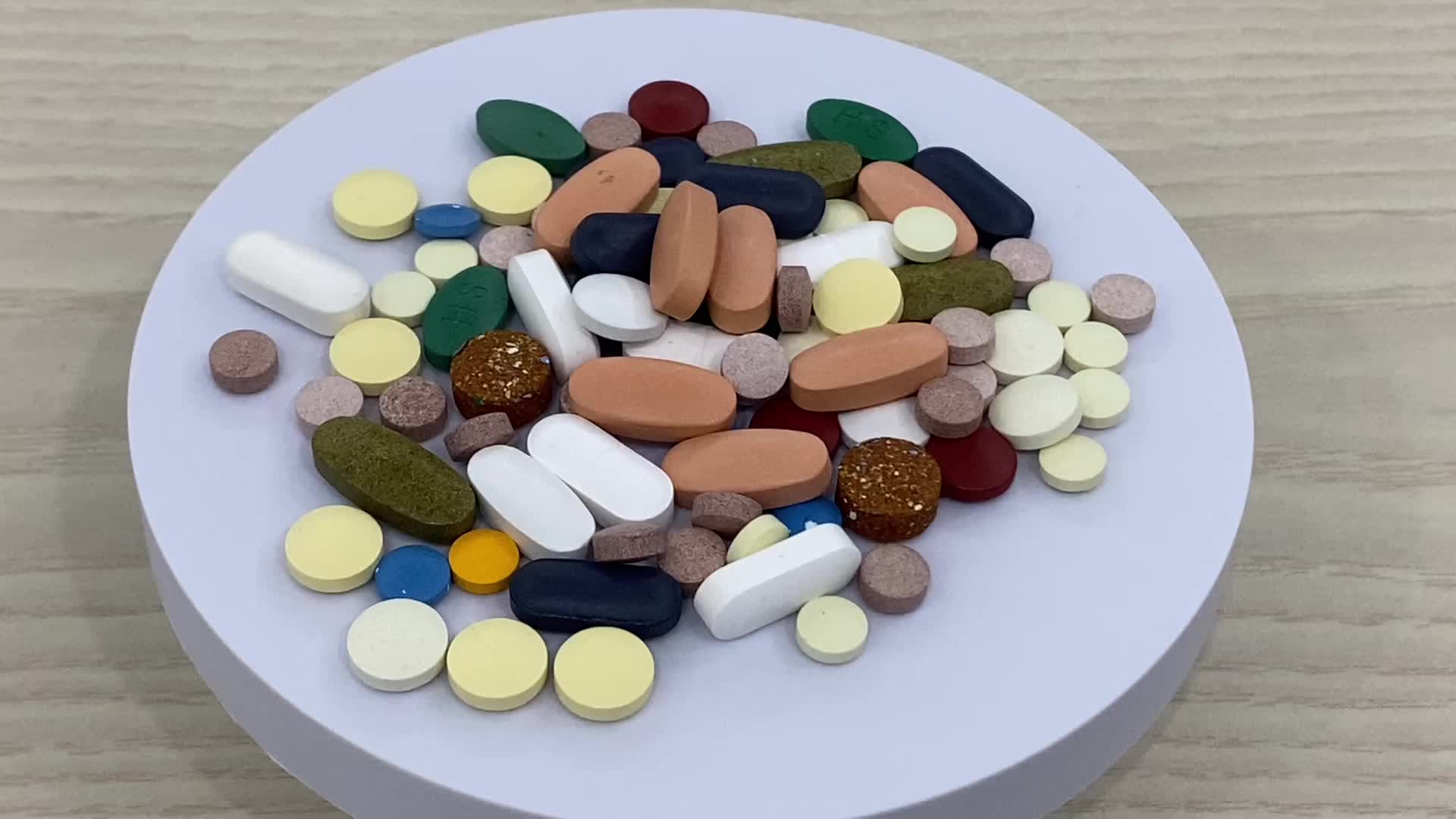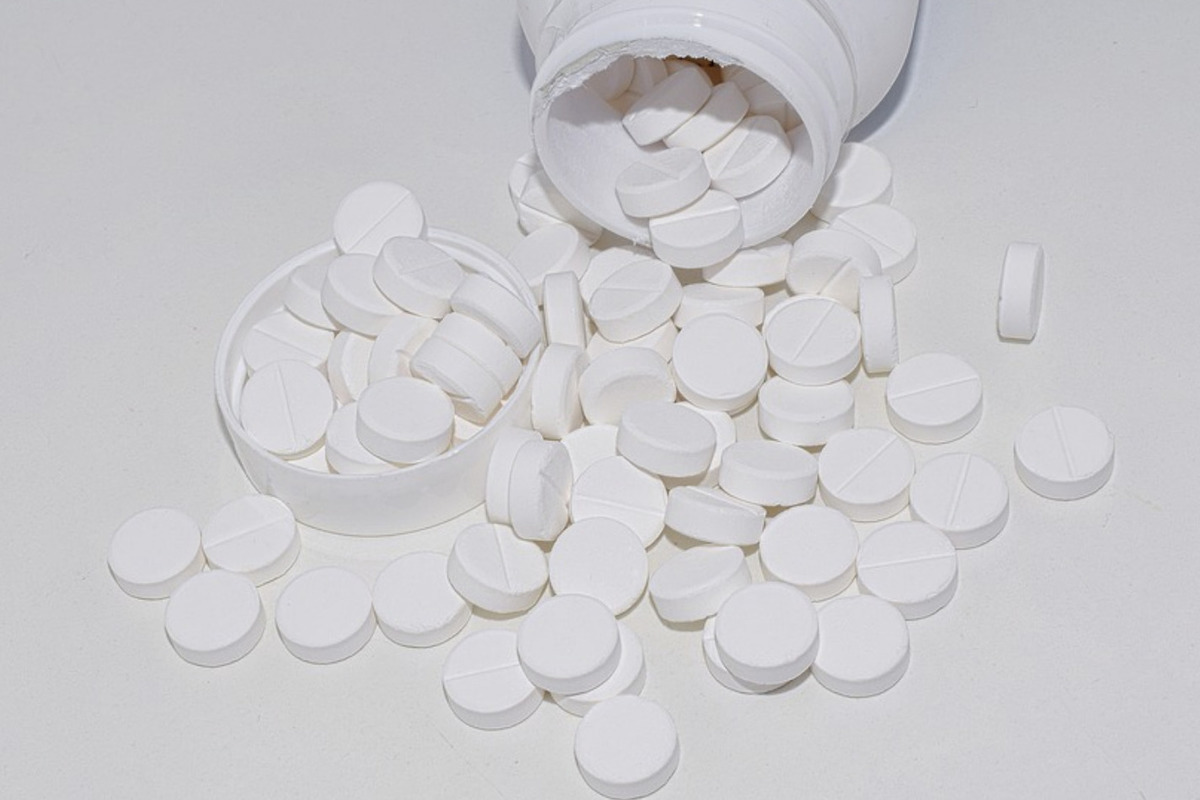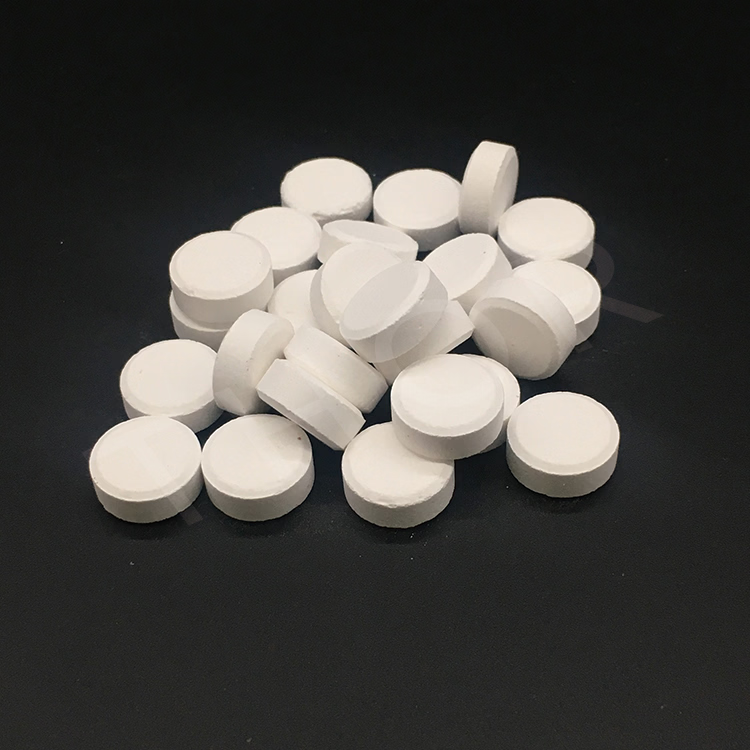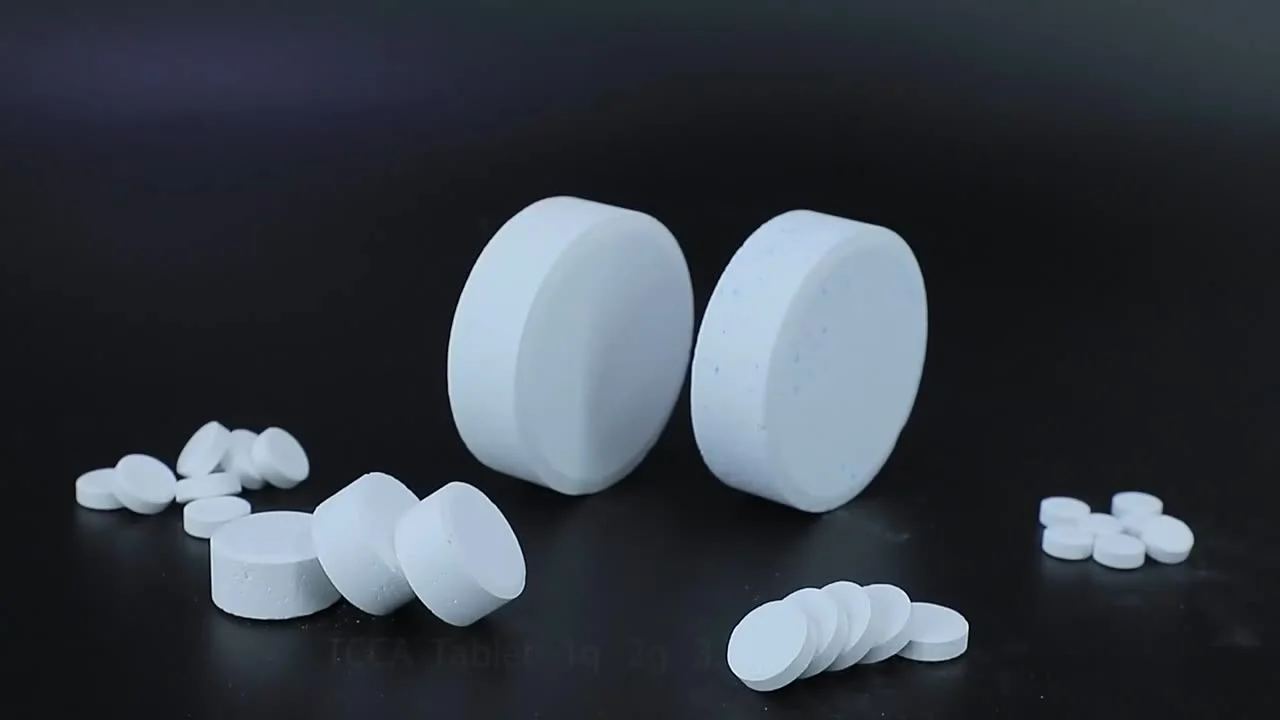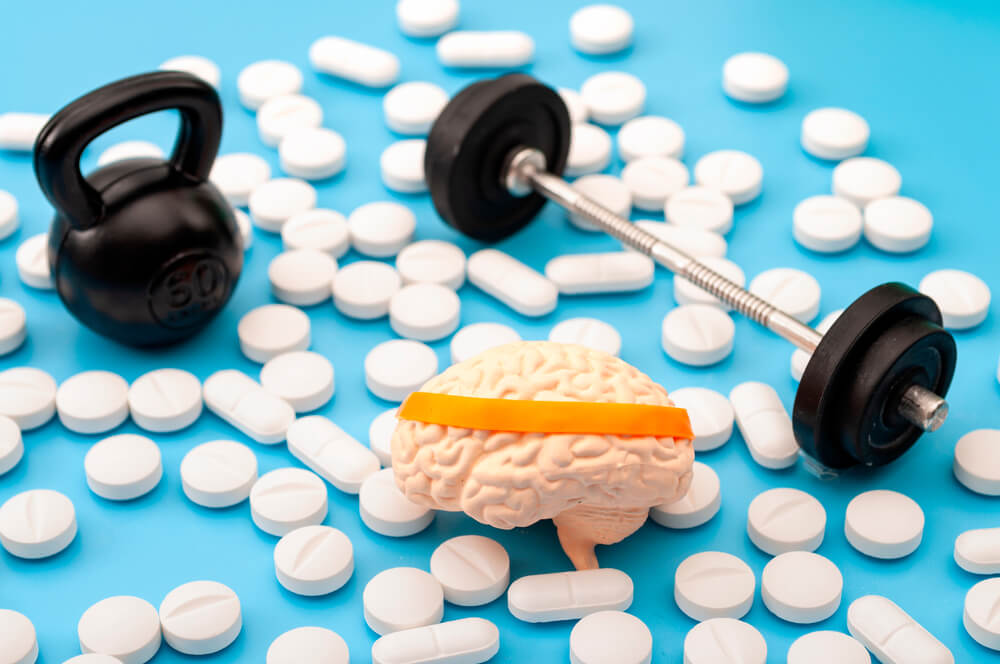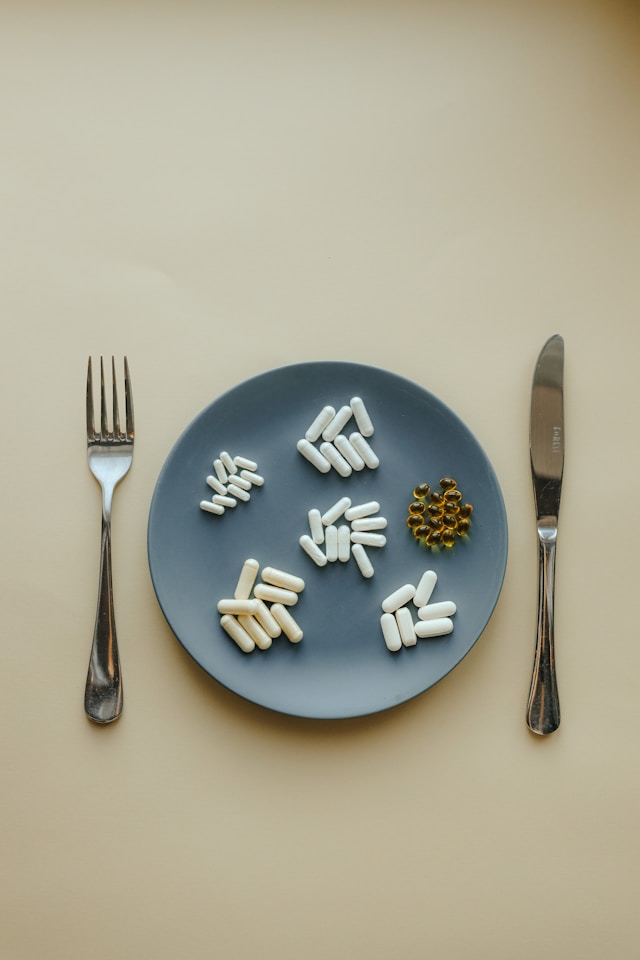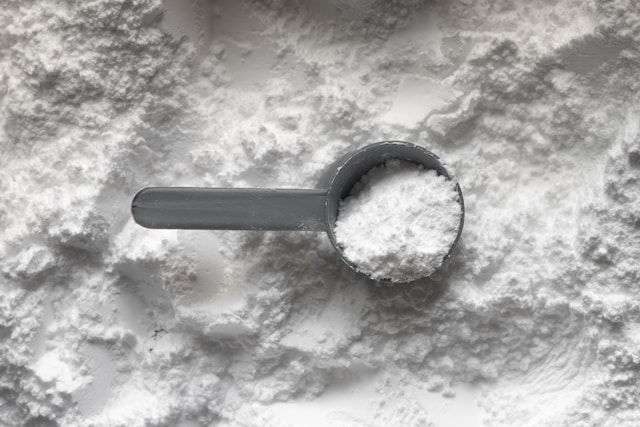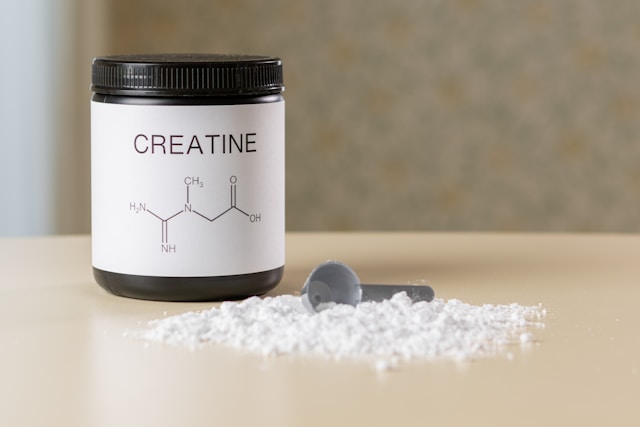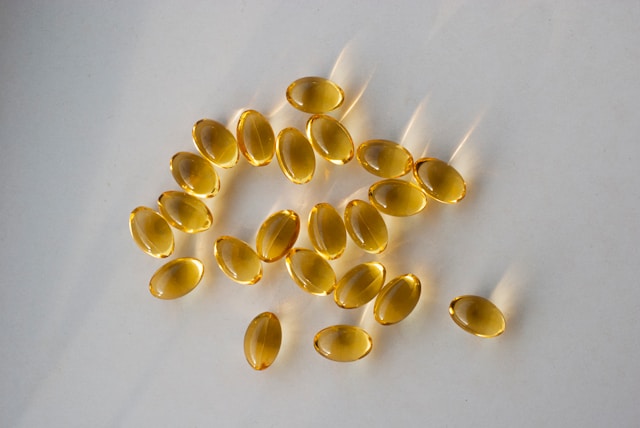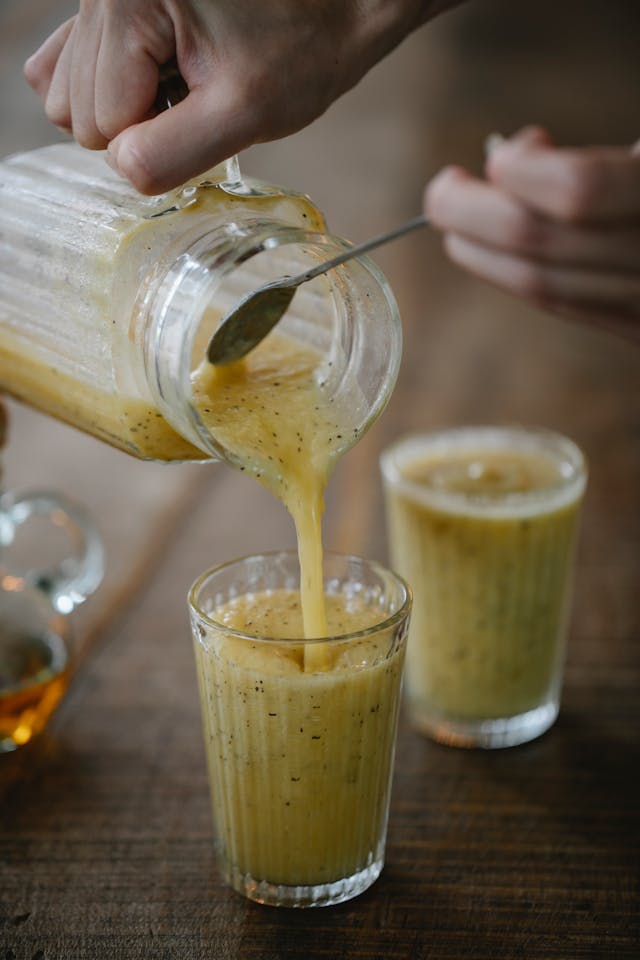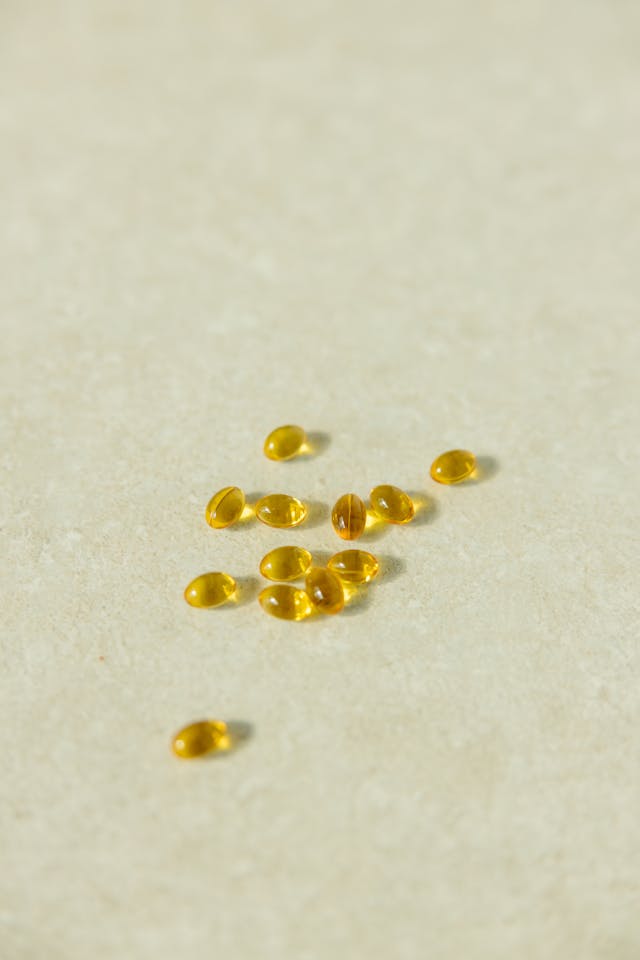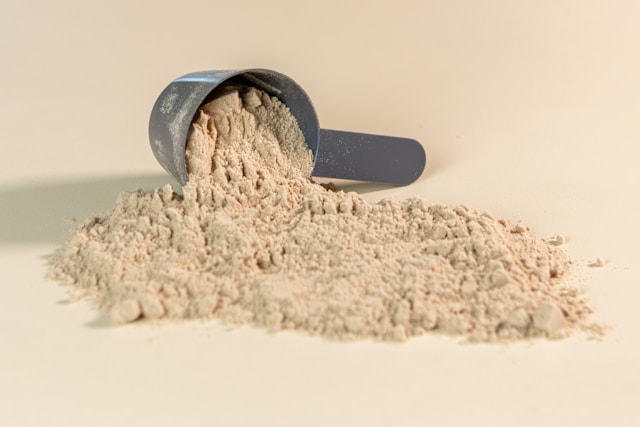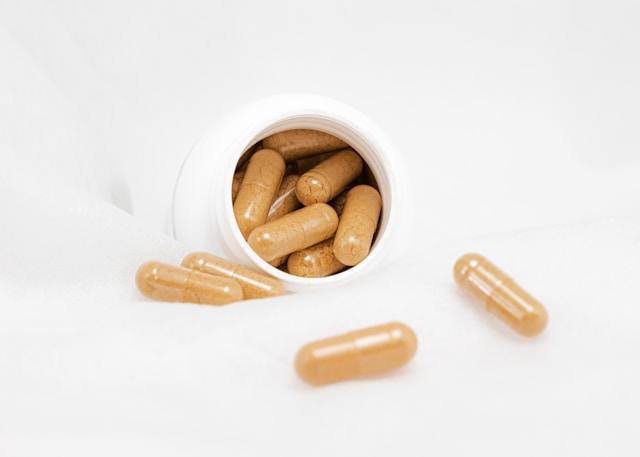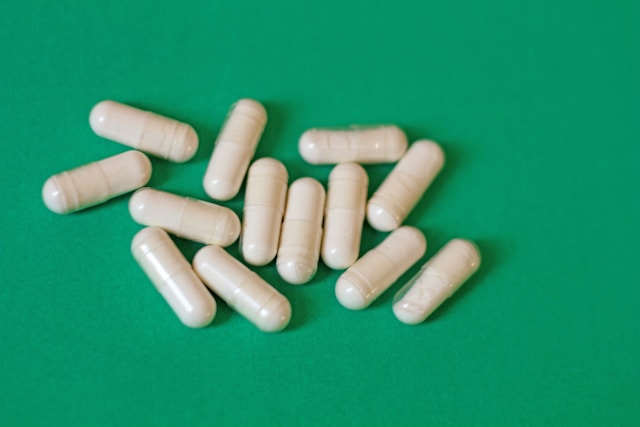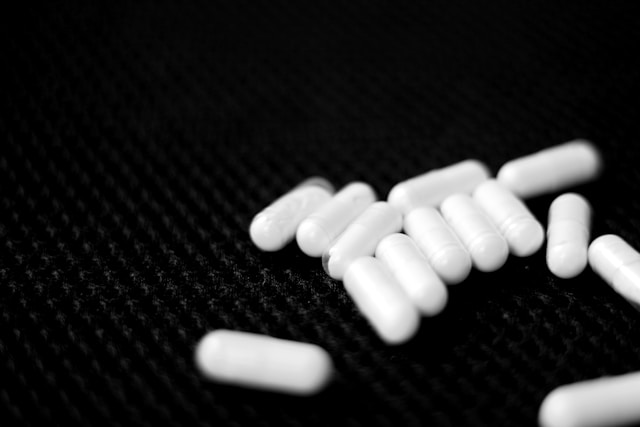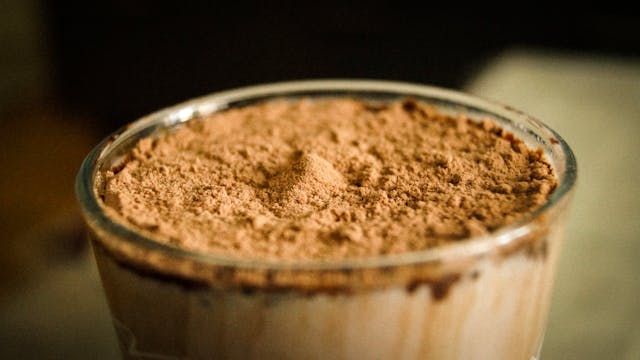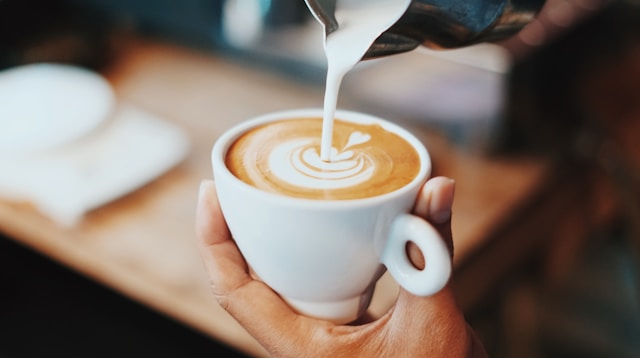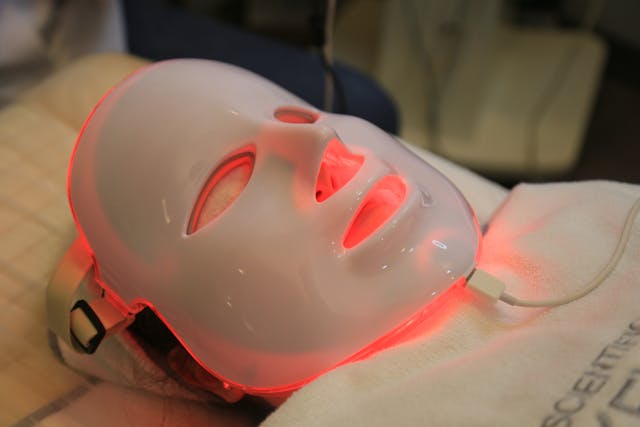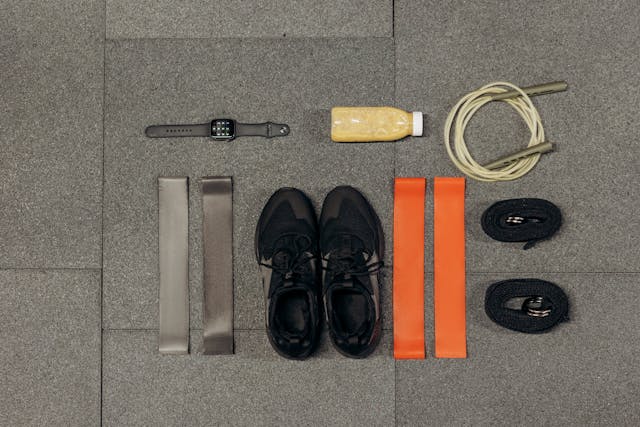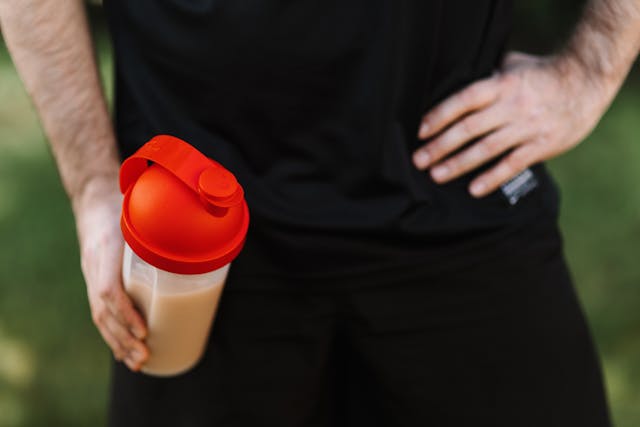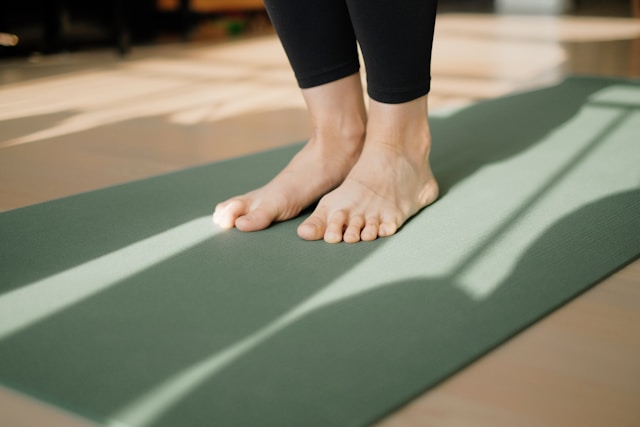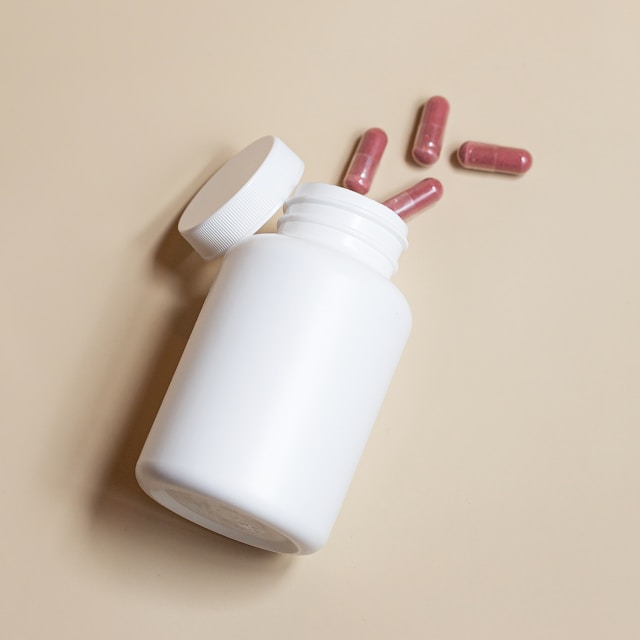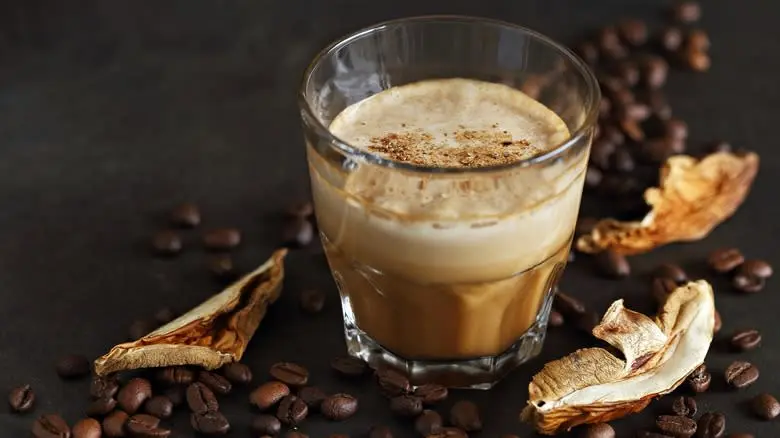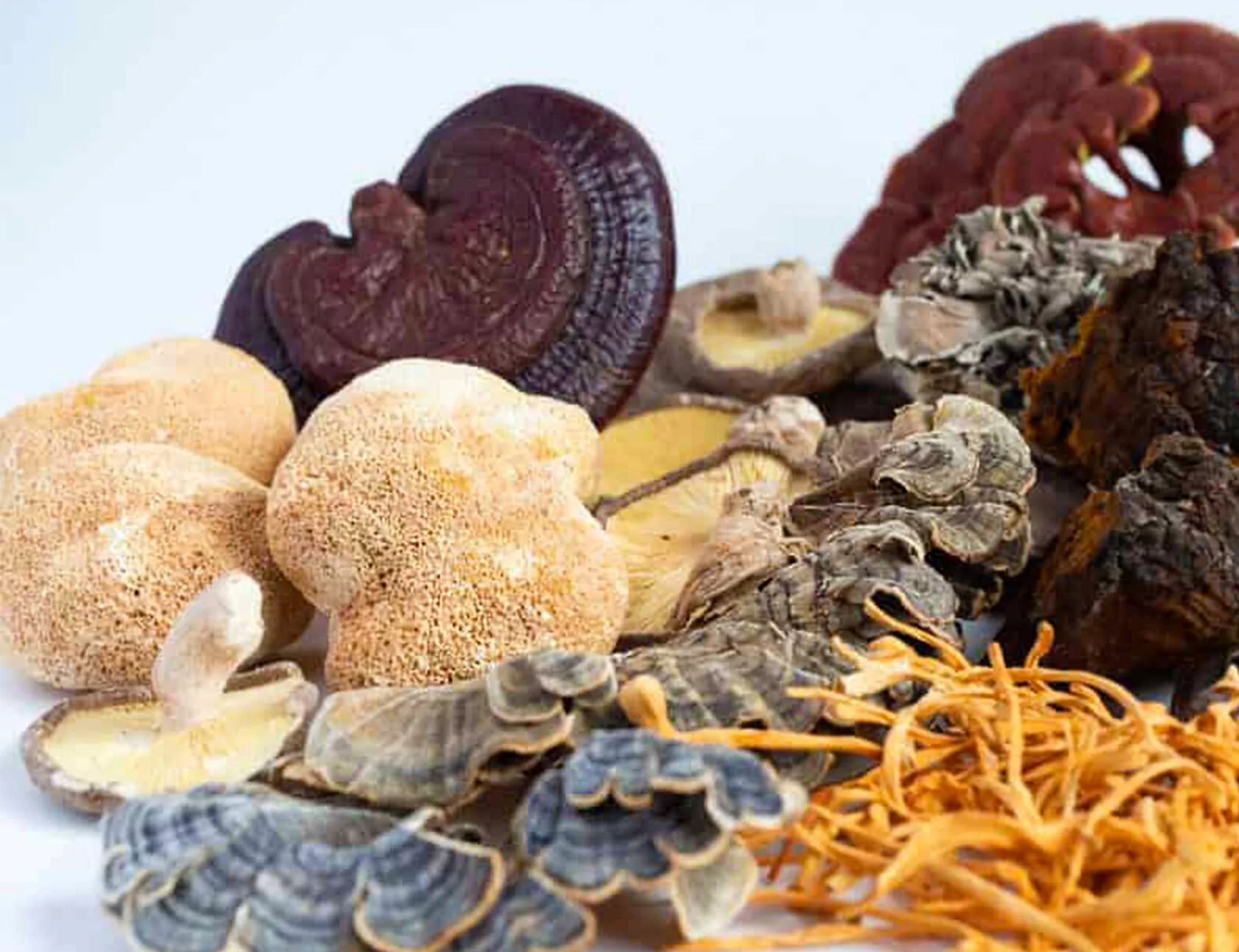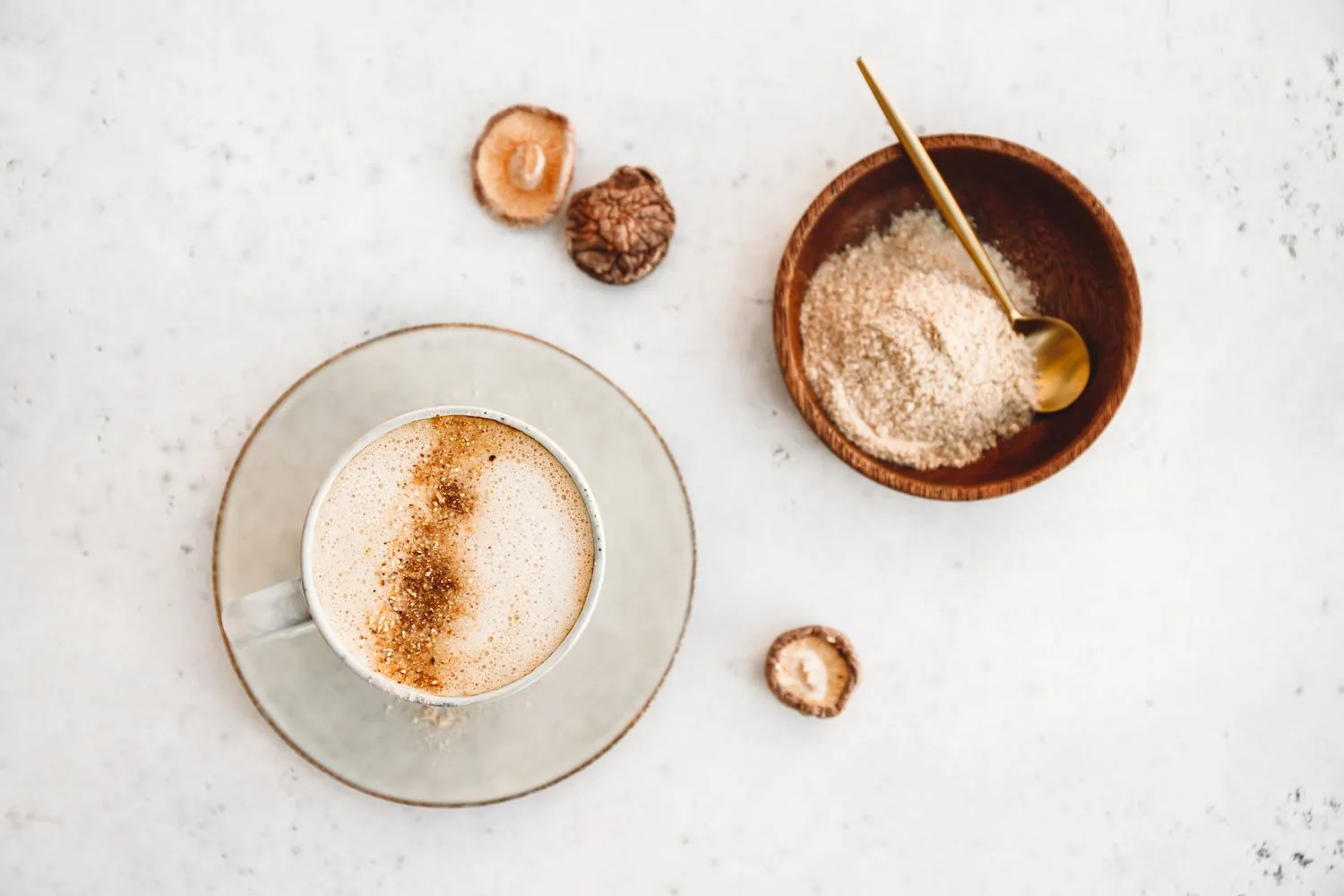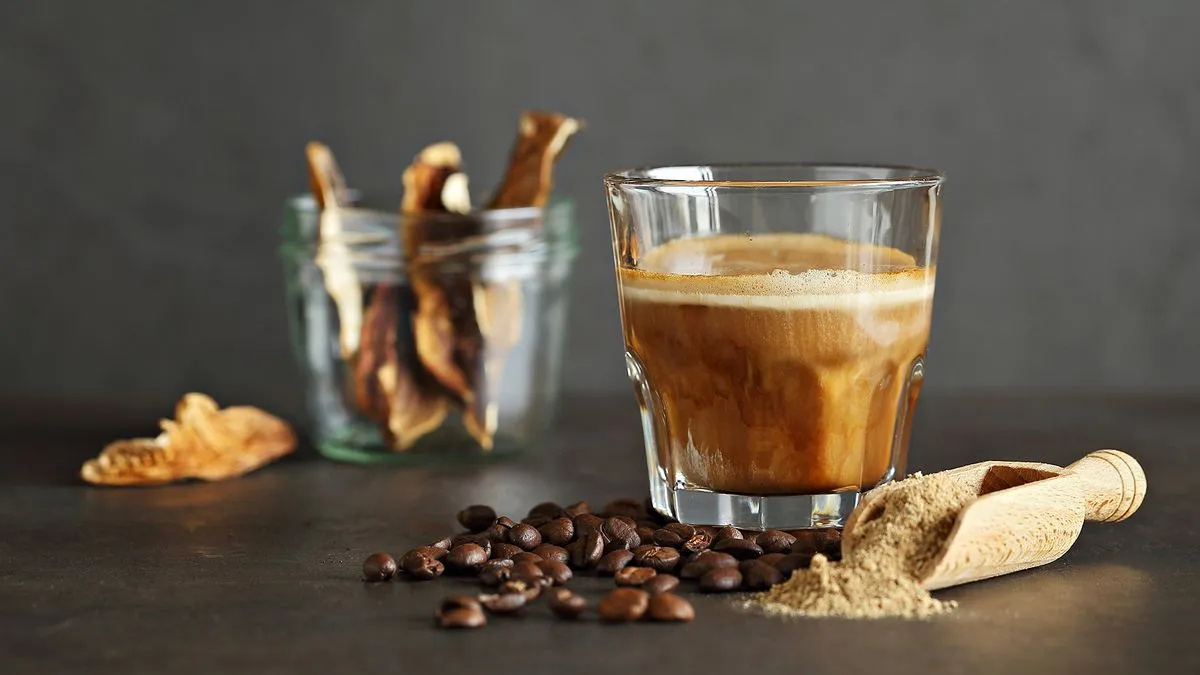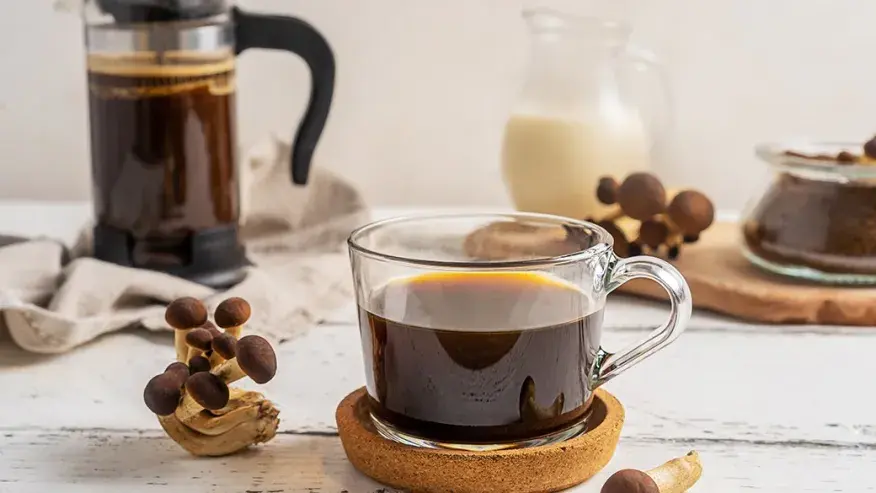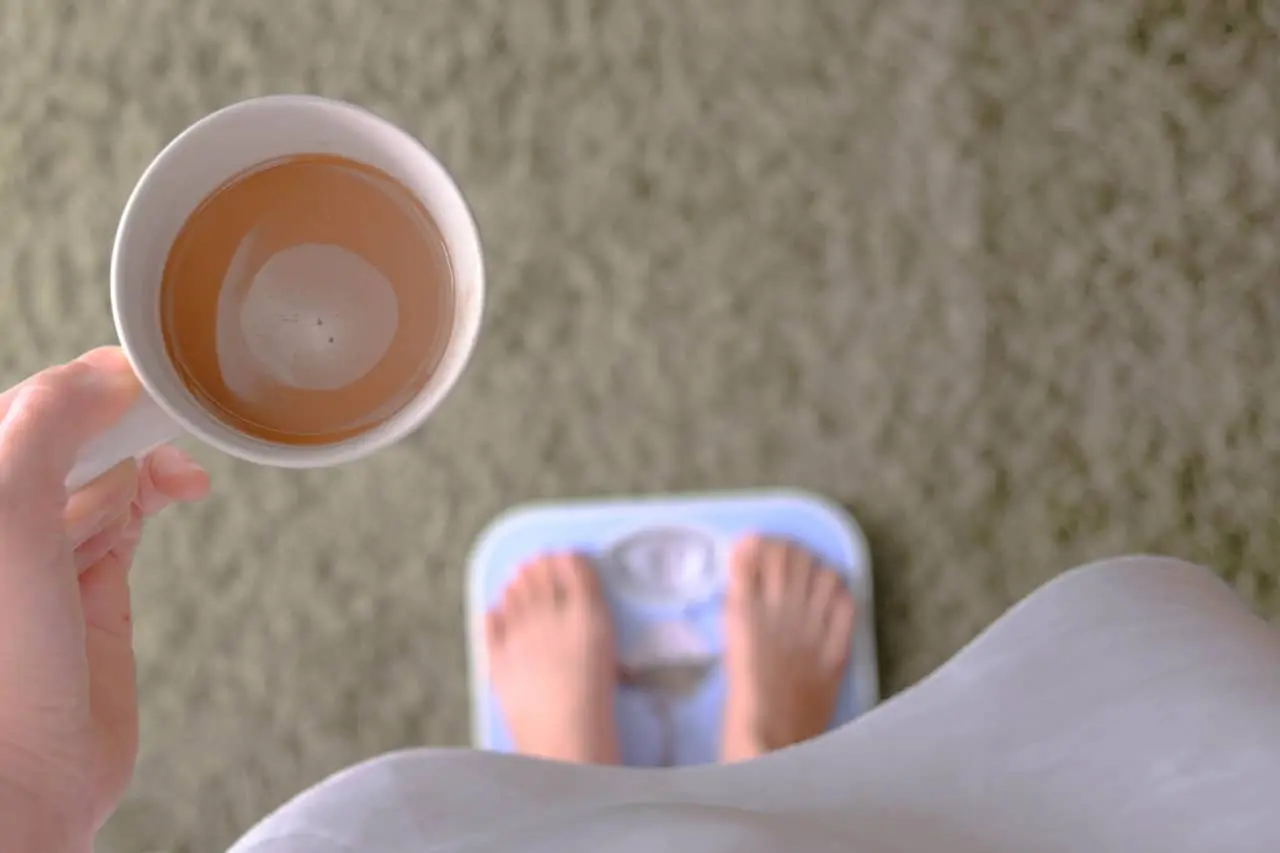Jillian Michaels’ Supplement List
What She Takes to Stay Fit, Focused, and Strong
Jillian Michaels, known for her no-nonsense approach to fitness and health, follows a simple supplement routine to support her daily habits. Over the years, she has shared some of her go-to products that help with energy, digestion, and overall wellness. These include everything from basic vitamins to targeted options like fiber and collagen. This article takes a closer look at the Jillian Michaels supplement routine and what she often includes in her day-to-day plan.
- Published: June 20, 2025
- Last Updated: June 20, 2025
-
-
Multivitamin
Starting her day with the right nutrients is a consistent part of Jillian Michaels’ supplement routine. She sees a top-quality multivitamin as a reliable way to fill in nutritional gaps without having to rely on separate pills for each vitamin or mineral.
- Current use: Jillian takes a multivitamin every day to help maintain steady nutrient intake, even when her meals aren’t perfectly balanced. It’s one of the few supplements she keeps in her routine year-round.
- Time of intake: She usually takes it with lunch, which supports better absorption and helps cover any missed nutrients from her earlier meals. It’s a practical way to keep her energy up through the rest of the day.
- Reason for use: Rather than using multiple individual supplements, she relies on a multivitamin to simplify things. It gives her a broad range of nutrients without having to think about each one separately.
- Jillian’s approach: She believes a good multivitamin removes the need to overload on single nutrients. Instead of taking high doses of things like zinc or vitamin C, she prefers a balanced mix in one tablet.
- What she looks for: She focuses on vitamins and minerals like B-complex, A, C, E, magnesium, and zinc—nutrients she sees as basic building blocks for energy, immunity, and recovery.
A solid multivitamin remains one of Jillian Michaels’ favorite supplements because of its simplicity and effectiveness. It’s a dependable part of her supplement routine, right alongside other supplements like collagen, caffeine, and fiber.
-
Vitamin D3 with K2
Among the essentials Jillian Michaels keeps in her routine, vitamin D3 holds a steady spot—especially when it’s paired with K2. A top-of-the-line vitamin D3-K2 supplement is one of those nutrients she doesn’t leave to chance, especially considering how easy it is to fall short without regular sun exposure.
- How she uses it: Vitamin D3 is part of her regular supplement plan. It’s something she uses consistently as part of her daily wellness habits and not just during certain seasons or when she feels low energy.
- When it’s taken: She generally takes it with a meal, which helps with absorption since D3 is fat-soluble. Pairing it with food ensures the body can actually make use of it, which is part of why it fits into her everyday supplement schedule.
- Why it’s important: D3 supports bone strength, mood, and immune function—all areas she prioritizes in her wellness goals. With limited sun exposure being common, she considers it a smart daily add-on.
- Her method: She doesn’t just take vitamin D3 on its own. She always pairs it with K2, which helps the body process D3 more effectively, especially when it comes to supporting cardiovascular health.
- Amount she prefers: Around 5,000 IU daily is her usual range. She considers it a safe and effective amount that works for most people, though actual needs can vary based on lifestyle and sun exposure.
This vitamin pairing is a steady part of the Jillian Michaels supplement routine. While she focuses on different areas with other supplements like caffeine or collagen, D3 with K2 is one of the foundational choices in her daily health plan.
The key is a good D3 supplement paired with K2 for optimal absorption. 5000 IU is a safe dose.
-
Vitamin C
This isn’t something Jillian Michaels takes every day—but when her workouts get intense, vitamin C becomes a go-to. It’s one of those supplements she turns to for recovery and extra immune support when her body is under more strain than usual.
- How it fits into her plan: Jillian uses vitamin C on days when her training load is heavier than normal. It’s not a part of her daily routine, but something she brings in as needed when recovery becomes more important.
- Preferred timing: She usually takes it after a workout, especially on days with long or high-intensity sessions. This helps her support recovery while also managing oxidative stress from tough exercise.
- Primary benefit she targets: Her main goal with vitamin C is to help reduce the impact of free radicals that can build up during hard workouts. It also supports her immune system, especially when her body is under physical stress.
- How she takes it: She prefers liposomal forms of vitamin C because they absorb well. For her, it’s not about taking more—she sticks to moderate amounts and doesn’t believe megadosing brings extra benefits.
- Typical amount used: Around 1,000 mg is what she usually takes. It’s enough to be effective without going overboard, and she avoids pushing higher doses unless specifically needed.
Vitamin C plays a supportive role in Jillian Michaels’ supplement plan. While it’s not taken daily like some of her other picks, it fits in naturally with her training-focused approach to health and recovery.
-
Vitamin B-Complex
Jillian Michaels often talks about the importance of daily nutrition, especially when it comes to supporting energy levels, metabolism, and hair health. While she gets many of these nutrients from food, B-vitamins still play a consistent role in her supplement routine.
- How it’s included: She regularly gets her B-complex vitamins through a multivitamin and may take extra biotin when focusing on skin and hair care. It’s not something she skips—these vitamins are built into her everyday habits.
- Her daily timing: Taken daily, usually through her morning multivitamin or any targeted beauty supplements she adds in. This helps her stay consistent without needing to take separate pills for every B vitamin.
- What she uses it for: B–vitamins like B6, B12, and folate help support everything from energy production to red blood cell health. Biotin, in particular, is known to promote stronger hair and nails—something she emphasizes often.
- Her supplement strategy: She focuses on making sure these vitamins are covered through a mix of diet and supplements, noting that they’re essential for keeping the body running smoothly on a cellular level.
- Dosage notes: While she doesn’t highlight a specific dose for the B-complex, she has recommended high-strength biotin (around 10,000 mcg) when targeting hair strength and skin appearance.
These vitamins support more than just energy—they’re also tied to long-term hair and skin maintenance. It’s why they continue to be part of Jillian Michaels’ favorite supplements.
-
Magnesium
Jillian Michaels often highlights the role of minerals in everyday health, especially for sleep, recovery, and stress support. Magnesium is one of the staples she turns to when she needs something calming yet effective.
- How she works it in: While not always taken daily, magnesium is part of her regular routine, especially during times of stress, soreness, or poor sleep. She views it as a support mineral that helps restore balance.
- Best time to take it: Usually taken at night, magnesium fits naturally into her evening routine. It helps wind things down and may support better rest after a full day of physical activity or travel.
- What it helps her with: She uses magnesium to ease muscle tension, calm the nervous system, and support sleep. It’s one of the few minerals she mentions repeatedly for its relaxing benefits.
- Supplement habits: She focuses on getting some magnesium through her diet but adds a supplement when needed. It’s not something she megadoses, but rather uses strategically when her body is under more pressure.
- How much she uses: While she doesn’t call out an exact amount, she’s referenced moderate doses as being helpful—enough to relax the muscles without feeling too sedated or groggy the next morning.
Magnesium remains a steady part of her wellness toolkit, often used when her body needs extra care. It’s one of several Jillian Michaels recommended supplements that supports both recovery and rest.
-
Grass-Fed Whey Protein Powder
Whey protein plays a major role in Jillian Michaels’ overall wellness and fitness goals. For her, it’s not just about post-workout fuel—it’s also a key part of staying full, supporting lean muscle, and building balanced meals.
- How she uses it: Jillian often adds a scoop of grass-fed whey protein to her smoothies or post-workout shakes. It’s a quick way for her to meet her protein goals without overcomplicating her meal prep.
- Amount per serving: Around one scoop per use, which typically provides 20 to 25 grams of protein. It’s enough to help with muscle recovery and satiety, especially after strength training.
- When it fits into her day: She uses it in meals like breakfast smoothies or after intense training sessions. It’s a flexible option she can fit into different points in her day, depending on what her body needs.
- Why she prefers grass-fed: Jillian chooses grass-fed whey because it provides a full amino acid profile and fits her preference for cleaner ingredients. She also values the addition of BCAAs for lean muscle support.
- Favorite combination: One of her go-to recipes includes whey protein blended with banana, coconut milk, and almond or seed butter—a simple mix she’s shared in multiple interviews and blog posts.
Grass-fed whey protein continues to be one of the more practical additions in Jillian Michaels’ supplement routine. Among all the supplements she talks about, this one stands out for its blend of quality, function, and convenience.
-
Multi Collagen Peptides
As part of her morning habits, Jillian Michaels likes to keep things simple and supportive. Collagen is one of the few supplements she consistently takes with her first drink of the day, especially for skin and joint support as she ages.
- How often she uses it: Collagen is a daily supplement in her routine. It’s one of the non-negotiables she adds in each morning, regardless of training or travel.
- Preferred form: She uses an unflavored collagen powder that dissolves easily into water or coffee. This makes it easy to stay consistent without needing to change her regular meals or drinks.
- Why she takes it: Collagen helps support healthy skin, hair, nails, and joints. It’s especially useful as collagen levels naturally decrease with age—something Jillian often points out in her wellness advice.
- Type of collagen used: She prefers a blend that includes types I, II, III, V, and X to support a wide range of connective tissues. This combination gives broader benefits than single-type collagen products.
- Extra support ingredients: Some of her collagen choices also include added MSM, glucosamine, or chondroitin—ingredients she likes for their added support in mobility and skin elasticity.
Collagen continues to be one of the most consistent Jillian Michaels supplements, valued for its long-term benefits and ease of use in a daily routine.
-
Omega-3
Omega-3 fatty acids play a steady role in Jillian Michaels’ overall wellness habits. While she’s used different versions over the years, she’s made it clear that high-quality sources of EPA and DHA are a non-negotiable for her long-term health.
- Supplement preference: Jillian currently chooses krill oil over traditional fish oil. She finds it better for shelf stability, less fishy aftertaste, and lower risk of heavy metal contamination.
- Morning habit: She takes it with breakfast to support absorption and make it easier to remember.
- Past use vs. now: She previously alternated between fish oil and krill oil but eventually shifted to krill oil exclusively based on personal experience and how her body responded.
- What she looks for: She emphasizes purity and transparency. She recommends checking the freshness of fish oil and making sure omega-3 supplements aren’t cloudy or oxidized.
- Why it matters: For Jillian, omega-3s are key to heart, brain, and joint support. They also help reduce inflammation and support recovery from workouts.
Omega-3s remain one of the most consistent picks in Jillian Michaels’ supplement recommendations, trusted for their all-around support in daily health and active recovery.
-
Probiotics
Jillian Michaels places a strong emphasis on gut health, often tying it back to how she feels, looks, and performs. For her, probiotics are more than just digestive support—they’re part of a bigger picture for staying healthy year-round.
- Daily habit: She takes a probiotic every morning with breakfast, especially on days when she isn’t eating yogurt or other fermented foods. It’s part of her consistent routine, not something she uses only when feeling off.
- Health focus: She connects regular probiotic use with benefits like better digestion, stronger immunity, and clearer skin. It’s one of the reasons she prioritizes it in her daily lineup of jillian michaels supplements.
- Product preference: She has shifted over time from basic probiotics to synbiotic formulas, which also include prebiotic fibers. She believes this combo supports a stronger and more balanced gut microbiome.
- Ingredient standards: She looks for human-resident strains and formulas with clean ingredients. These choices help her avoid unnecessary fillers while focusing on better absorption and effectiveness.
- Gut-skin connection: Jillian has shared that she feels more energized and notices improvements in her skin when her digestion is running smoothly—another reason this supplement has become a regular staple.
Probiotic support plays a key role in Jillian Michaels’ supplement routine, offering benefits that reach far beyond just gut health and helping her maintain overall balance.
-
Adaptogenic Mushroom Blend
When Jillian Michaels needs focus, energy, or an afternoon lift before training, she turns to mushrooms—not the culinary kind, but those known for their functional benefits. They’ve become a go-to part of her performance routine.
- How it fits into her day: She mixes a mushroom powder blend into her second cup of coffee in the afternoon. This timing gives her a boost before workouts without relying on more traditional pre-workout formulas.
- General amount: She typically uses about one scoop or a teaspoon per serving, though she hasn’t shared an exact measurement. It’s more about consistency than dosage for her.
- Main benefits: She uses adaptogenic mushrooms to support energy, focus, hormone balance, and immune health. This combination helps her feel centered while managing a busy schedule and physical training.
- What’s in the mix: Her favorite blends include a variety of mushrooms like reishi, cordyceps, lion’s mane, turkey tail, chaga, and shiitake. She chooses mixes with multiple types to get a wide range of benefits.
- What she avoids: Jillian stresses quality over hype. She prefers organic powders and often chooses those with clean ingredients, especially when pairing them with her other jillian michaels caffeine supplements.
Adaptogenic mushrooms may not be the flashiest part of the Jillian Michaels supplement list, but they’re one of her more consistent additions for energy, focus, and daily performance.
-
Turmeric
Jillian Michaels doesn’t just use supplements to build strength—she also uses them to help her recover. Turmeric is one of her go-to options to manage inflammation and joint support as part of her daily wellness routine.
- When she takes it: Jillian adds turmeric to her pre-workout drink in the afternoon, often mixed into her mushroom coffee. This habit helps her prep her body for exercise while supporting recovery.
- Amount she uses: She typically uses around ½ to 1 teaspoon of turmeric powder, or about 500–800 mg if taken in capsule form. She focuses more on consistency than exact measurements.
- Primary benefits: The active compound curcumin is what she values most, especially for joint mobility, reduced soreness, and immune support. It’s part of how she maintains daily movement without stiffness.
- Ways she uses it: Jillian blends turmeric into drinks but also adds it to food like eggs, soups, or teas. She appreciates its flexibility and uses it in both cooking and supplementation.
- Ingredient pairing: She often recommends turmeric powders or capsules that include black pepper to support better absorption—something she’s highlighted in her blog and videos.
Turmeric holds a consistent spot in the Jillian Michaels supplement plan thanks to its recovery benefits and flexibility in both food and drink. It’s one of those natural additions she keeps in rotation to stay active and balanced.
-
Ashwagandha
To help manage stress and support hormonal balance, Jillian Michaels includes adaptogens like ashwagandha in her routine—especially at night. It’s part of how she winds down and cares for her thyroid health naturally.
- When she uses it: Jillian takes ashwagandha in the evening as part of a blended supplement designed to support thyroid and hormone balance. It fits well into her nighttime wellness habits.
- How it’s included: She doesn’t take it as a standalone supplement—it’s part of a broader mix that also features mushrooms, spirulina, and algae. This combo works together to support multiple systems at once.
- Reason for taking it: Ashwagandha helps her manage cortisol levels, reduce stress, and support healthy thyroid function. These are all factors she considers important for recovery and energy.
- How it fits her goals: Instead of relying on multiple separate products, Jillian likes blends that cover multiple needs—ashwagandha being one of the key ingredients for hormonal support.
- Supplement timing: She takes it at night to help her body reset. This habit helps improve sleep quality and supports overall balance heading into the next day.
Ashwagandha may not get as much attention as some of the other Jillian Michaels supplements, but it’s one she turns to consistently for supporting thyroid health, stress response, and restful sleep.
-
Spirulina, Chlorella, Blue-Green Algae
Some of Jillian Michaels’ daily blends are powered by greens—not just vegetables, but algae-based ingredients that bring added nutritional value to her morning and nighttime routines. She often uses them as part of her micronutrient support.
- How she consumes them: These algae are included in blended formulas like green superfood drinks in the morning or thyroid support blends in the evening. She doesn’t take them as separate pills or powders.
- Time of day: When part of her green drink, she takes them in the morning. If included in her thyroid supplement, she takes them at night. Their flexibility allows them to fit into both ends of her schedule.
- Why she includes them: Jillian relies on these greens for their dense micronutrient content. They support detox, energy, and thyroid health, which is especially important to her long-term wellness.
- Her usage style: She prefers blends that combine multiple superfood ingredients. This gives her a variety of nutrients without needing to rely on dozens of separate supplements each day.
- What she looks for: While she doesn’t highlight specific doses, she favors formulas with ingredients like spirulina, chlorella, and blue-green algae as part of her everyday health stack.
These greens are part of how Jillian builds a nutrient-rich foundation—quietly powering some of her most effective wellness habits. They’re a subtle but meaningful part of the Jillian Michaels recommended supplements.
-
Green Superfood Powder
Jillian Michaels starts her mornings with more than just a workout—she builds in supplements that support digestion, detox, and daily energy. One of the first things she reaches for is a green superfood powder packed with micronutrients.
- How she uses it: Jillian mixes one scoop of her green powder into water to create an alkaline drink first thing in the morning.
- Amount taken: She typically uses about 8–10 grams (one scoop) daily. It’s not a large serving, but she takes it consistently to help support her daily micronutrient intake.
- What’s in the mix: The formula she uses includes leafy greens, grasses, antioxidants, adaptogens, and probiotics. It’s designed to help her cover nutritional gaps and keep her digestion in check.
- Why she likes it: Jillian uses this drink to fill in what her food might miss—especially when her diet doesn’t include a wide range of fruits and vegetables. It’s a simple way to stay consistent without extra prep.
- Other options: While Jillian has her preferred brand, green powders like AG1 can also be a good alternative for readers looking to get antioxidants, adaptogens, and gut support all in one scoop.
This nutrient-dense powder is one of the most consistent items in the Jillian Michaels supplement recommendations—making it an easy way to support health, energy, and digestion from the start of the day.
-
Nicotinamide Mononucleotide (NMN)
Jillian Michaels doesn’t speak often about NMN in public interviews, but it’s been mentioned in her personal posts as a quiet part of her anti-aging plan. It’s not a flashy supplement—but it’s one she’s kept in rotation for years.
- When she added it: Jillian has been using NMN since around 2021, suggesting it became part of her supplement habits during her focus on long-term health and longevity.
- Amount taken: She hasn’t confirmed her dosage publicly, but most studies and supplement labels suggest daily servings between 250–500 mg.
- Why she uses it: NMN supports the body’s NAD+ levels, which are important for healthy energy metabolism, mitochondrial function, and aging-related processes.
- How she refers to it: Although she hasn’t posted detailed reviews, Jillian has listed NMN among supplements she likes—indicating it’s part of her personal toolkit for aging well.
NMN might not be one of the most talked-about Jillian Michaels vitamin supplements, but it plays a steady role in the background of her daily stack.
-
Resveratrol
Jillian Michaels keeps her supplement stack focused, but a few longevity-focused additions have stood out over time. Resveratrol is one she’s quietly supported, often tied to her anti-aging interests and routines she’s shared online.
- Current habit: She continues to take resveratrol daily as part of her long-term wellness routine, often alongside other supplements that support aging and metabolism.
- Suggested amount: While Jillian hasn’t shared her exact dose, most resveratrol products range from 100–500 mg and are taken once a day.
- Why it’s in her stack: Resveratrol is thought to support healthy aging by activating sirtuins—proteins linked to longevity and cellular repair.
- Her view on it: Jillian included resveratrol on a list of supplements she “likes,” based on both her experience and its known antioxidant and anti-inflammatory support.
- How it’s framed publicly: In past posts, she’s mentioned resveratrol in the same breath as NMN and credited its potential for long-term benefits.
Resveratrol remains a steady part of her daily stack, chosen for its potential benefits on aging and recovery—just one example of how she builds her routine with purpose using supplements she trusts.
-
Fisetin
This isn’t a supplement Jillian talks about every day, but she has highlighted it as one of the options she personally finds interesting for healthy aging. It’s likely something she uses occasionally as part of a longer-term wellness strategy.
- Supplement status: Jillian mentioned fisetin in her longevity supplement list, signaling she values its potential benefits even if it’s not part of a strict daily plan
- Serving info: She hasn’t shared a personal dosage, though research often references amounts between 250–500 mg per day for effectiveness
- Schedule of use: Jillian hasn’t specified how frequently she takes it—it’s likely used either daily or in cycles based on wellness goals
- Why she uses it: Fisetin is thought to help clear out aging cells, which may improve overall function and promote long-term health
- What it’s known for: This natural compound from fruits like strawberries has been studied for its ability to support cellular cleanup and reduce age-related damage
- Her source: It appeared on her Instagram post focused on longevity supplements, alongside others linked to healthy aging
While it may not be one of Jillian Michaels’ favorite supplements for everyday use, fisetin still reflects her interest in tools that support aging from the inside out.
-
Quercetin
Quercetin often flies under the radar, but it’s part of the anti-aging toolkit for many people focused on long-term health. Jillian has quietly included it in her stack, suggesting she sees value in its daily use.
- Frequency of use: Taken regularly, either daily or in periodic cycles depending on her current supplement phase and goals.
- Estimated intake: No specific dose shared, but it’s generally used in amounts studied for longevity—often paired with other polyphenols.
- When it’s taken: Typically included as part of her daily wellness regimen, though she hasn’t mentioned a specific time of day.
- Why she takes it: Known for its antioxidant and anti-inflammatory properties, quercetin may help reduce cellular damage and support immune health.
- Her perspective: While Jillian hasn’t gone into deep detail, her inclusion of quercetin alongside NMN and fisetin shows she’s likely aiming for synergistic benefits related to aging and healthspan.
Quercetin rounds out her longevity stack and supports the broader theme of anti-aging in many of her supplement recommendations.
-
Berberine
Among supplements often used for metabolic health, berberine has gained attention for its ability to mimic some effects of calorie restriction. Jillian has mentioned it as part of her longevity-focused stack.
- How often she uses it: Appears to be taken daily, based on its presence in her regular rotation for long-term wellness.
- Typical dosage range: While not directly shared by her, it’s generally used in amounts common to scientific research (~500 mg per serving).
- When she likely takes it: Likely with food, possibly during meals to help support blood sugar levels and digestion.
- Why it’s included: Known for its role in managing glucose, supporting healthy insulin sensitivity, and promoting cellular function as part of aging routines.
- Jillian’s reason for choosing it: She hasn’t given an in-depth explanation but has named berberine as one of the supplements she favors for metabolic health and aging.
Berberine adds another science-backed layer to Jillian Michaels’ supplement recommendations for longevity and overall well-being.
-

